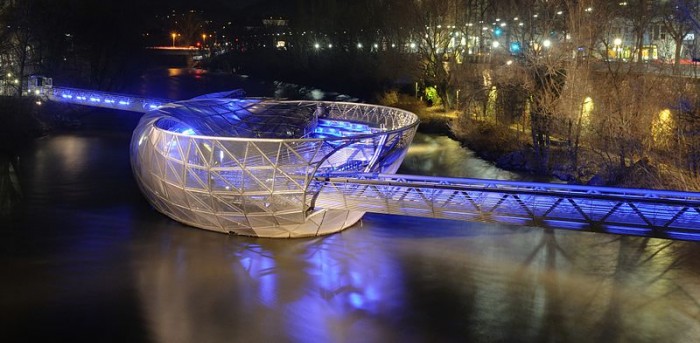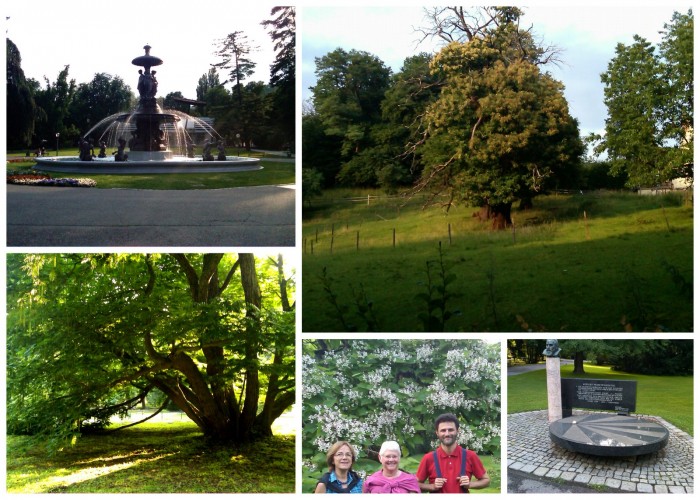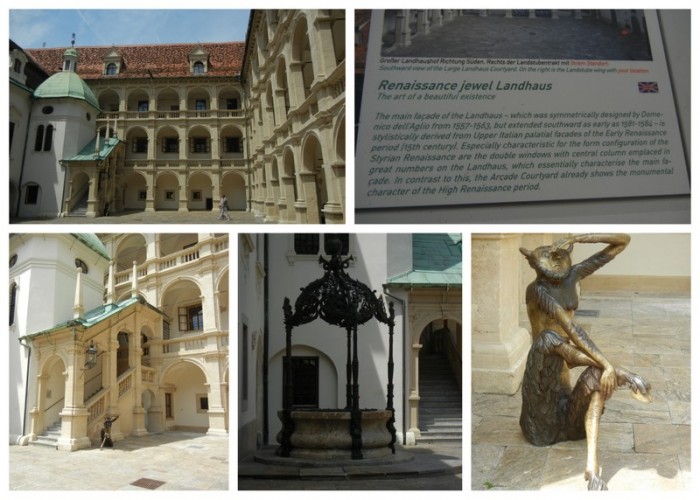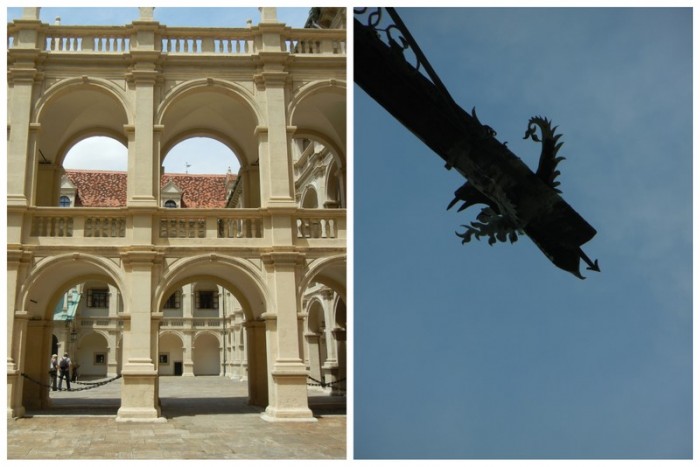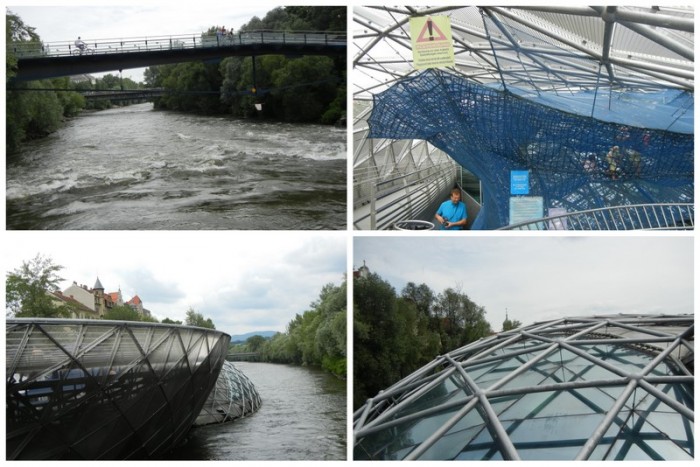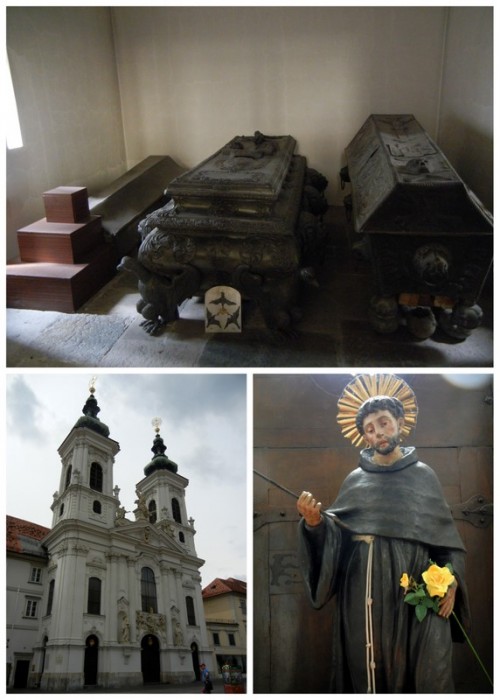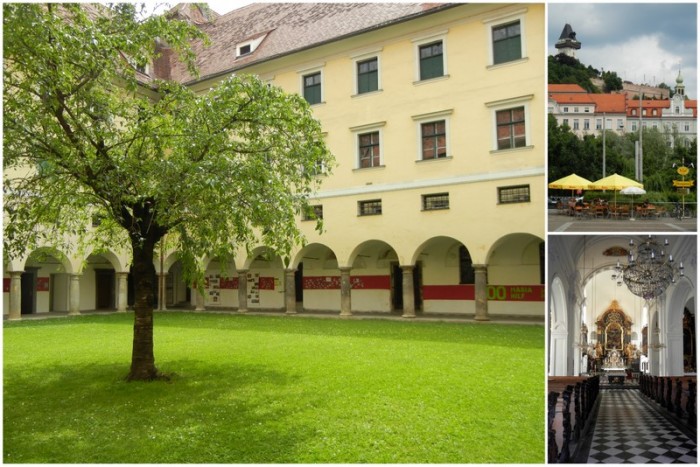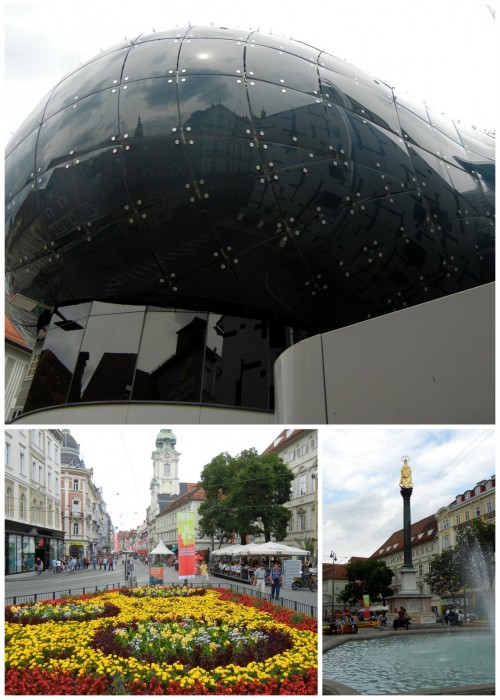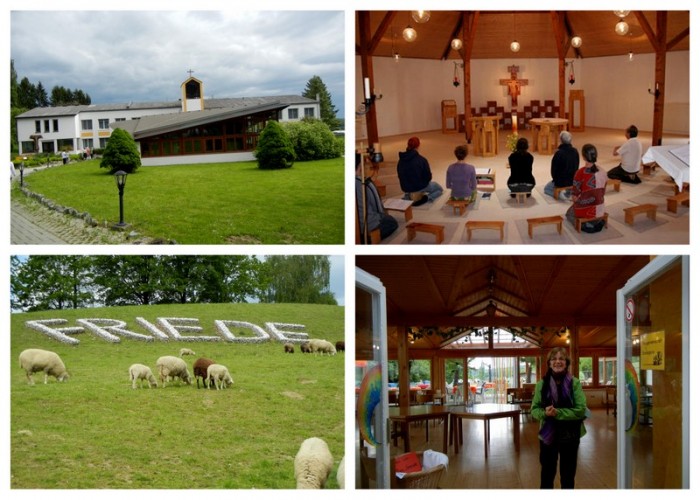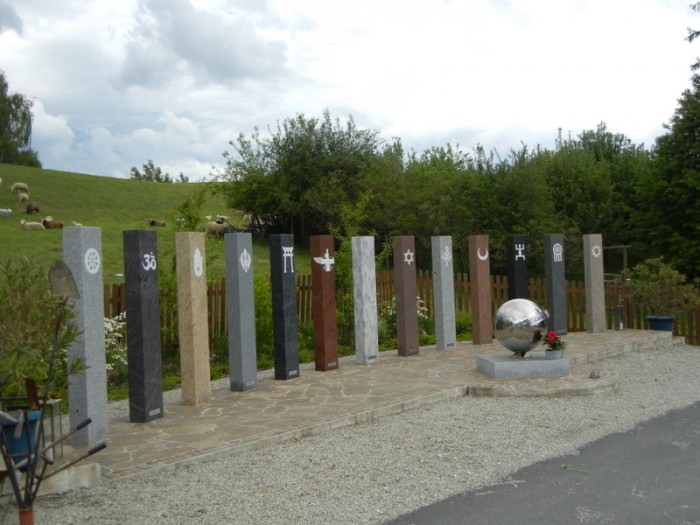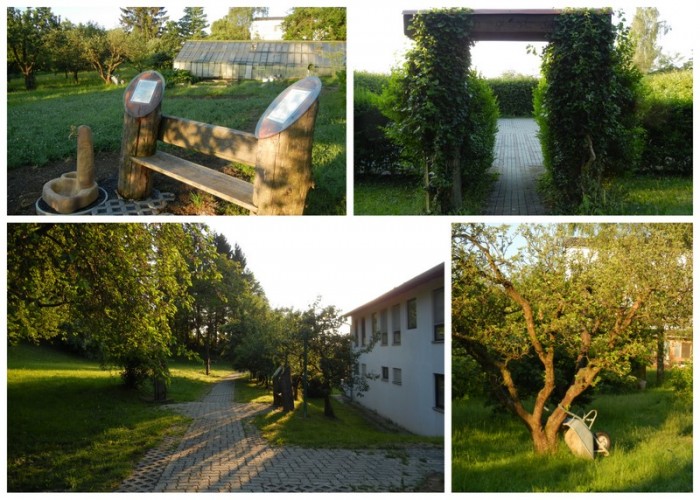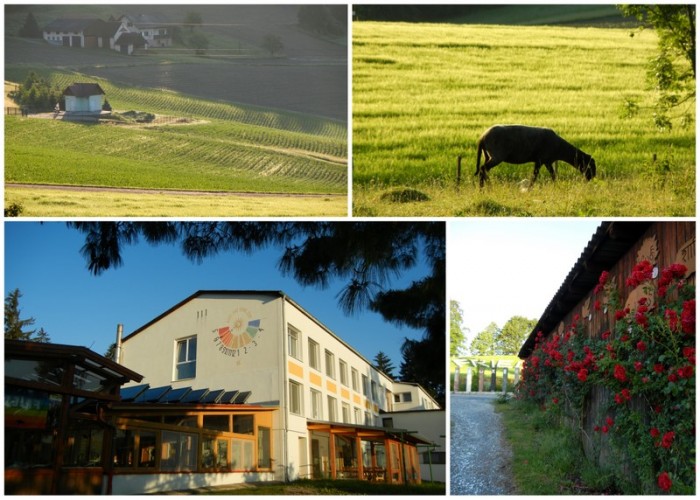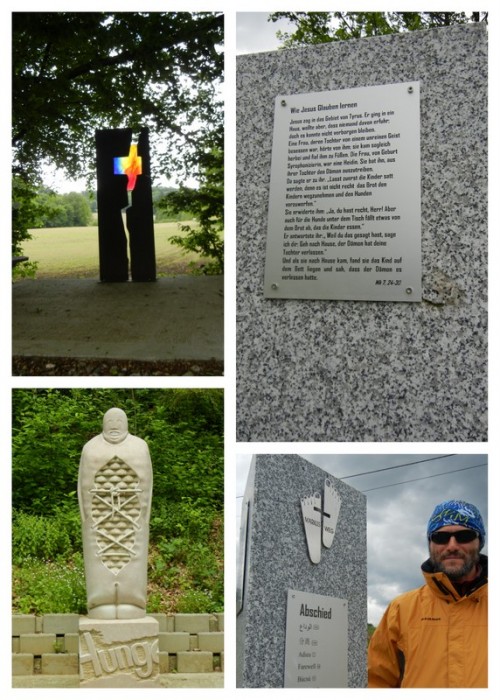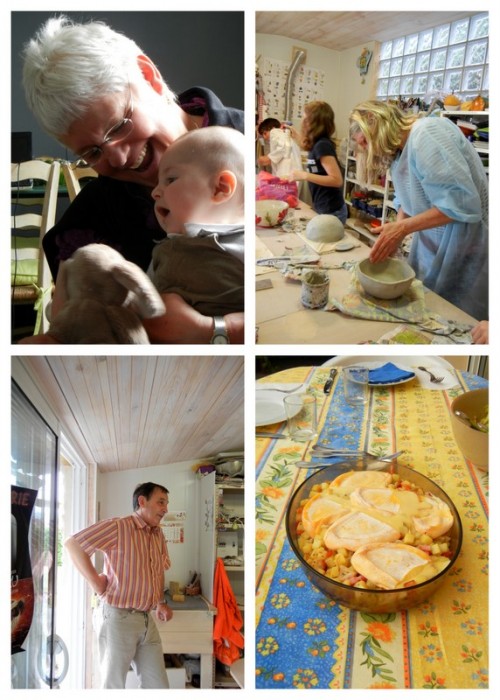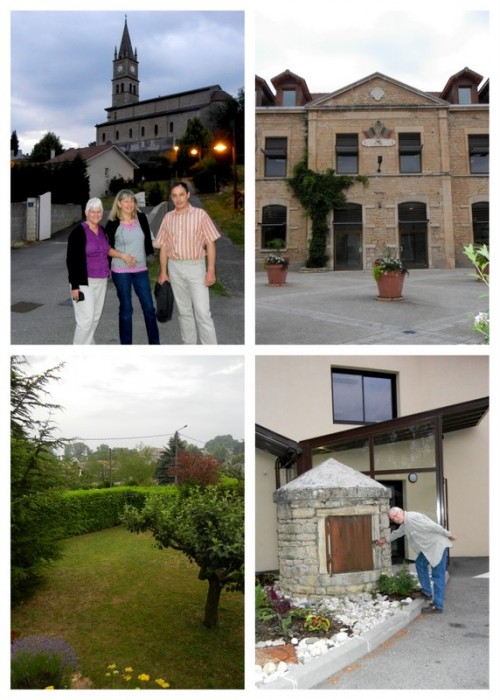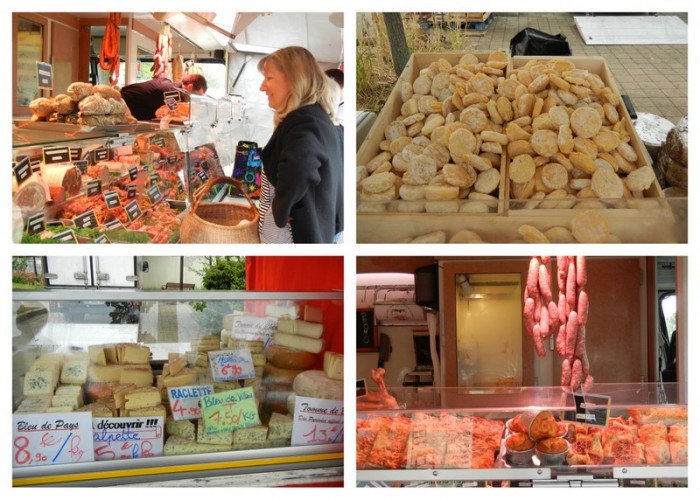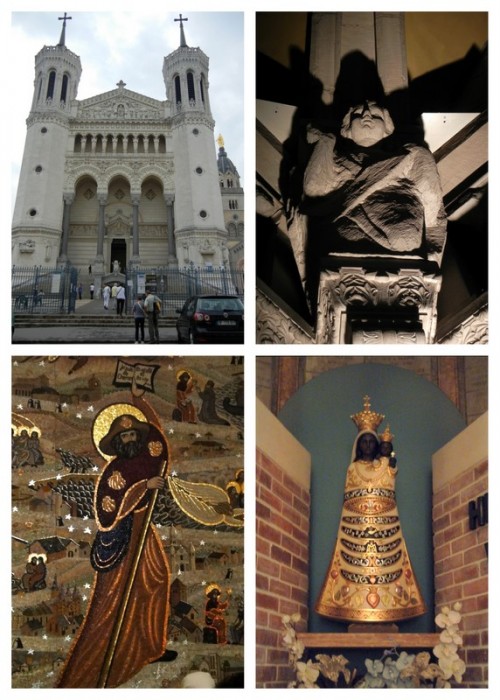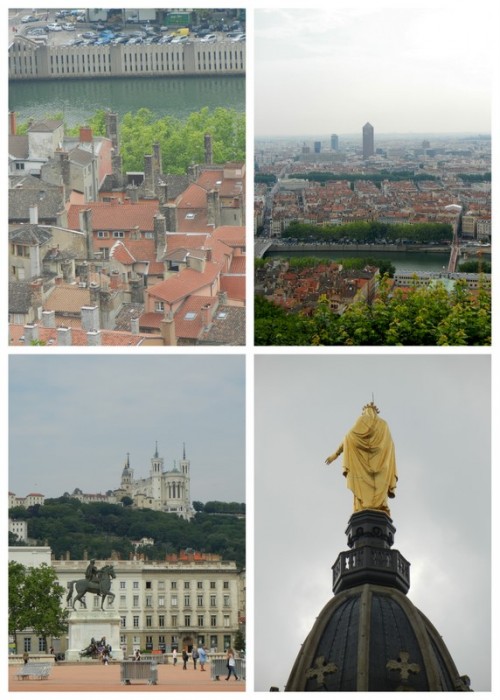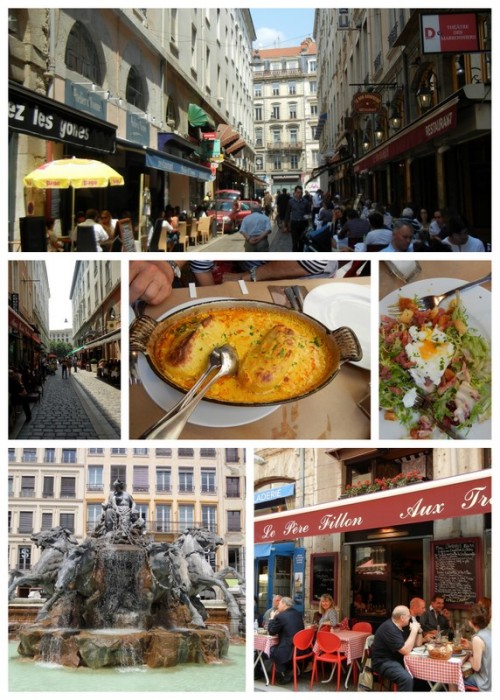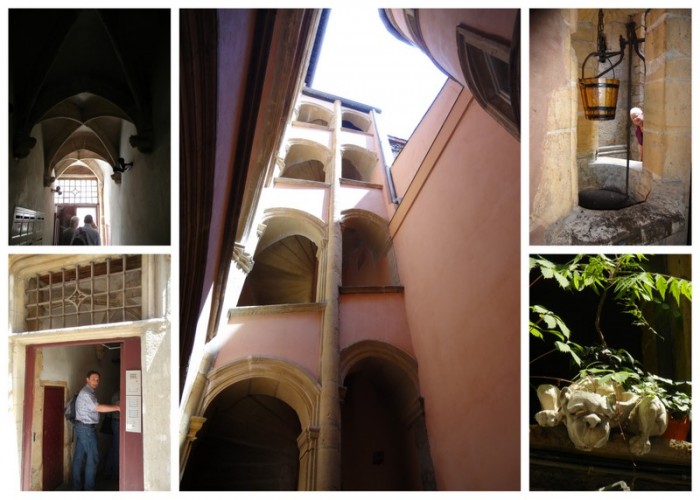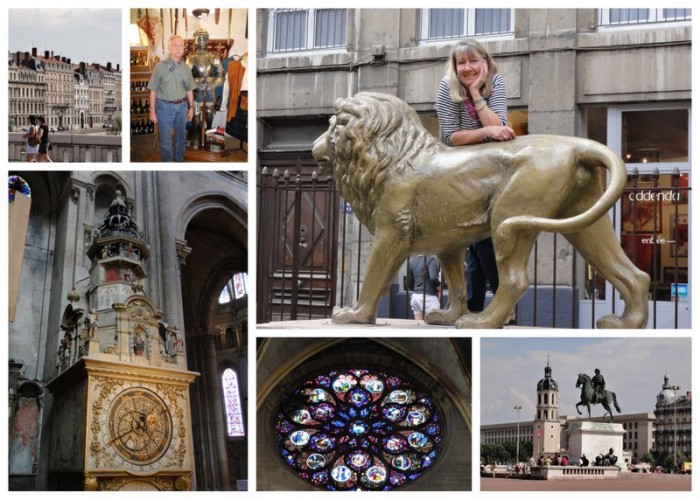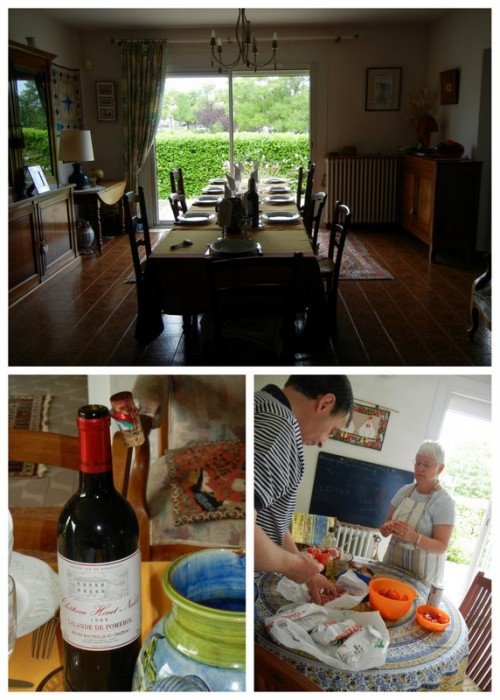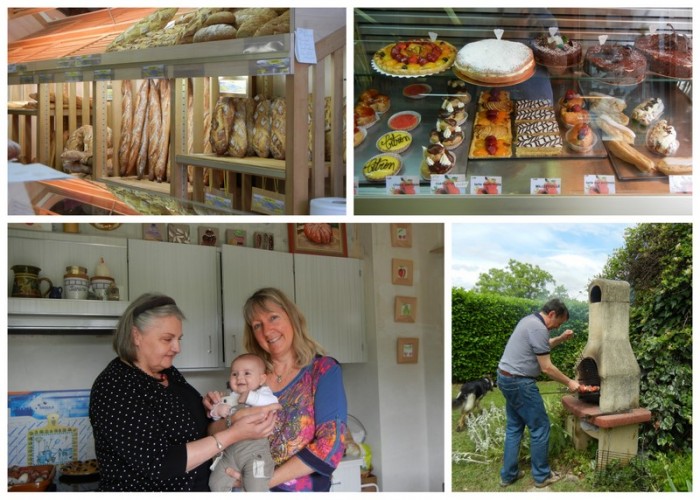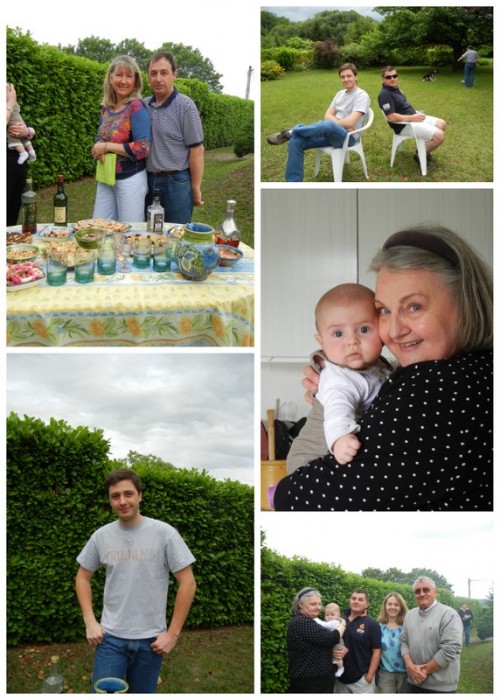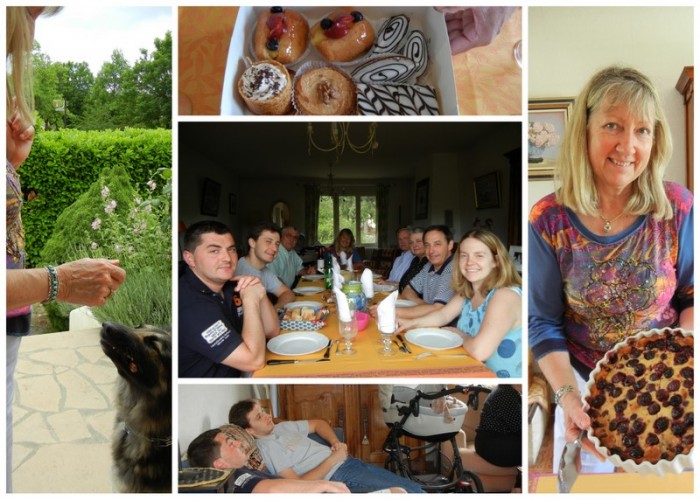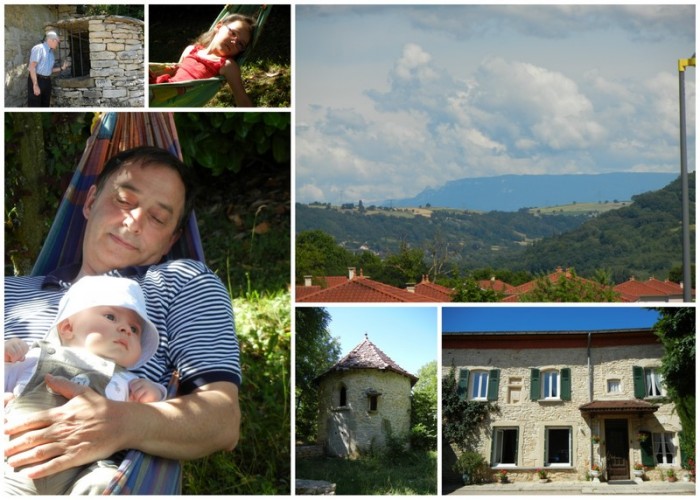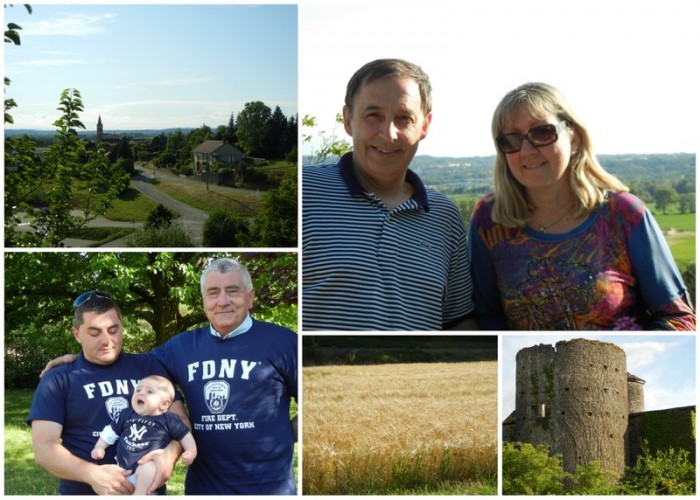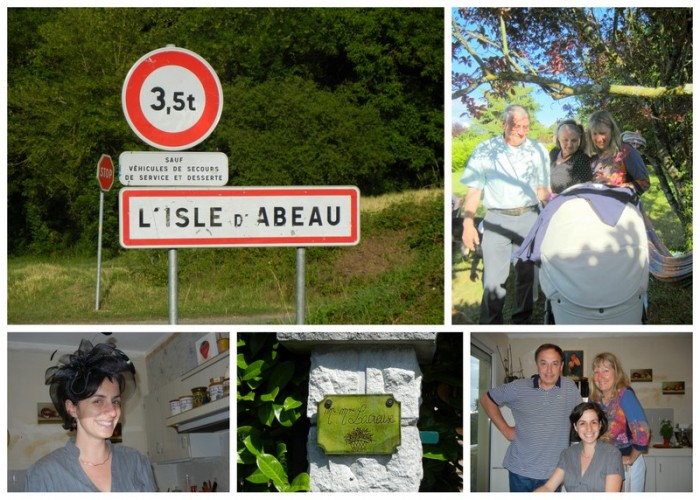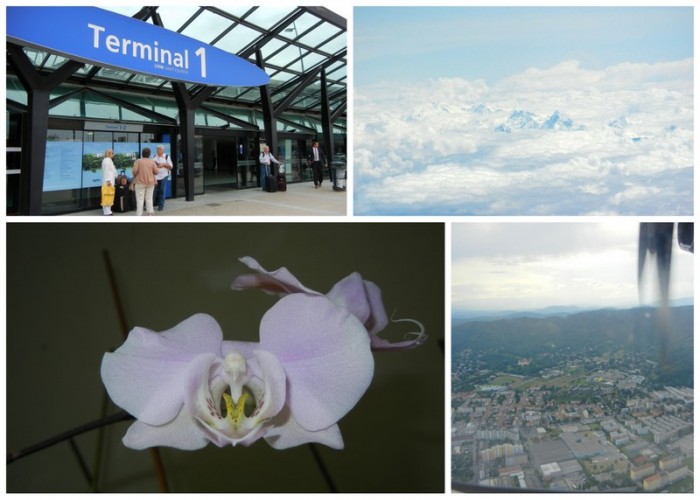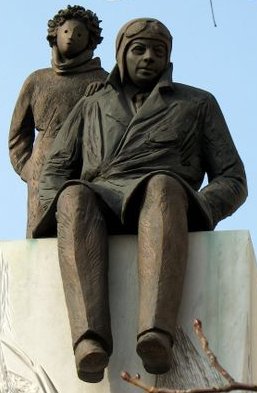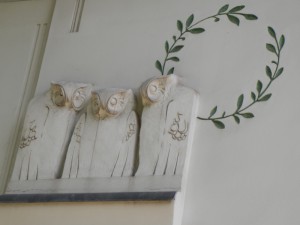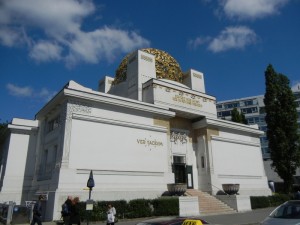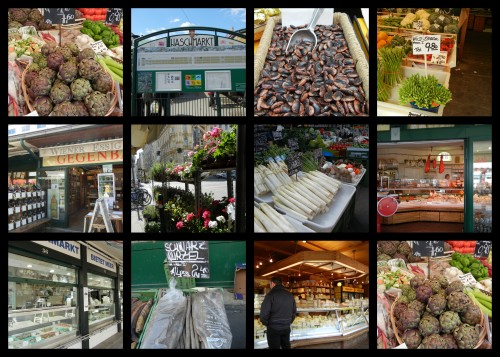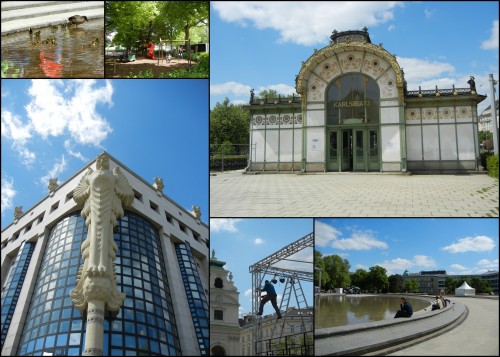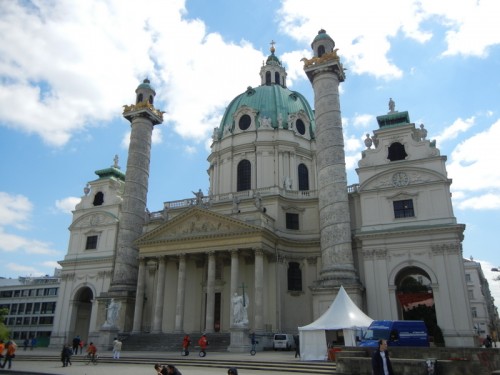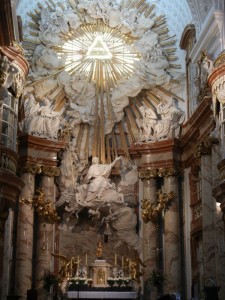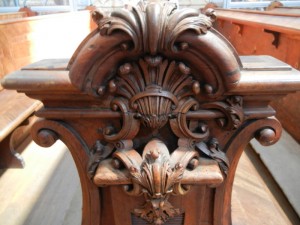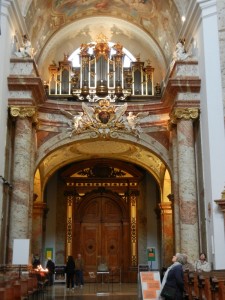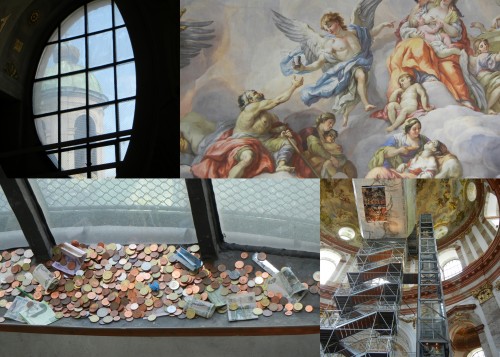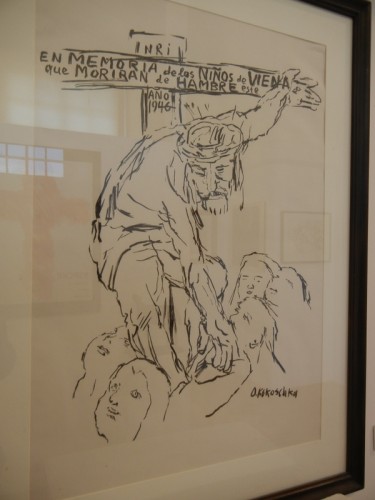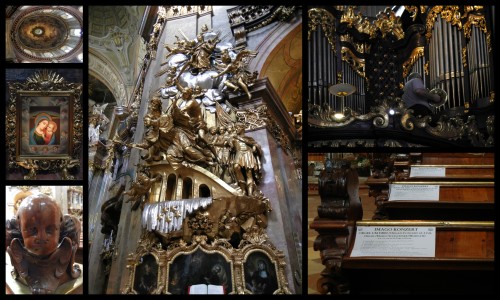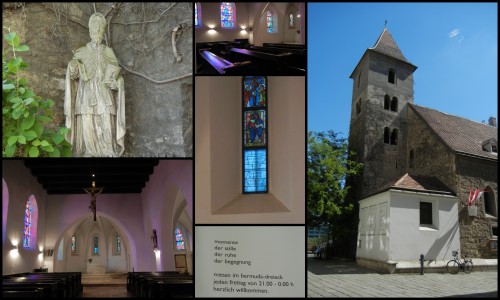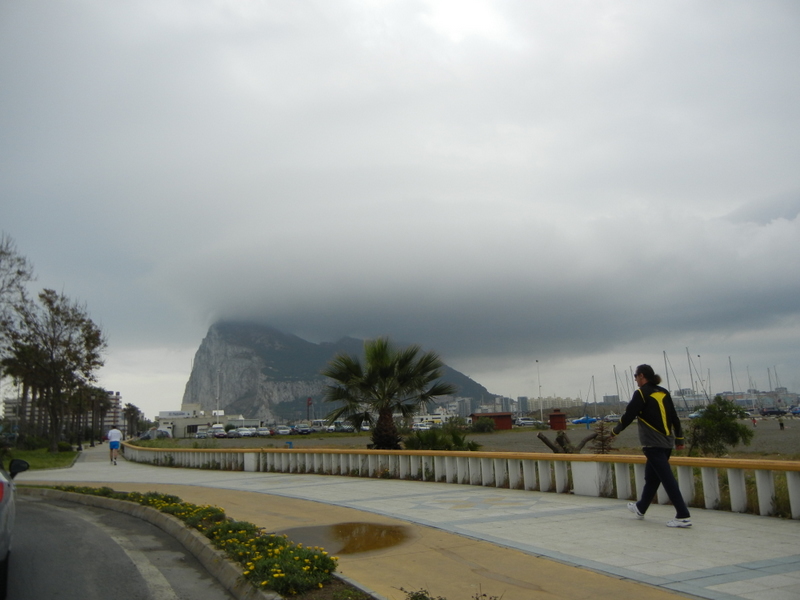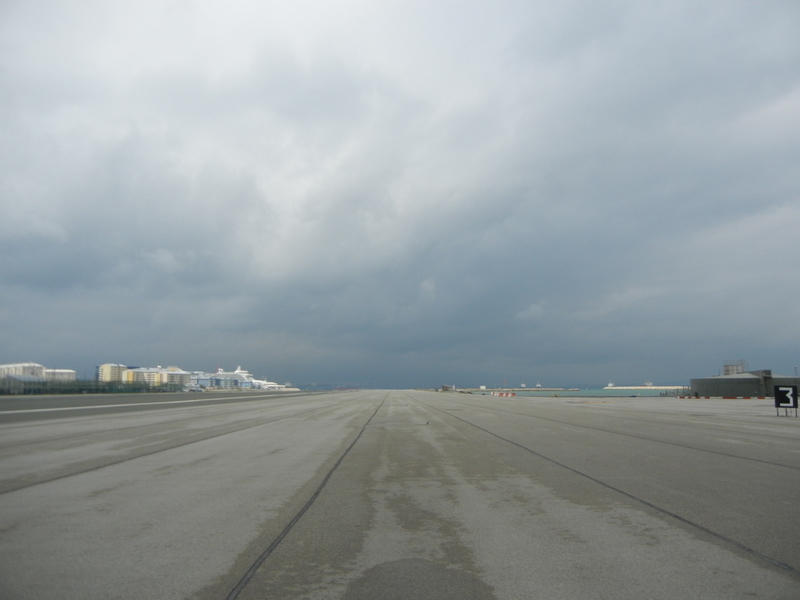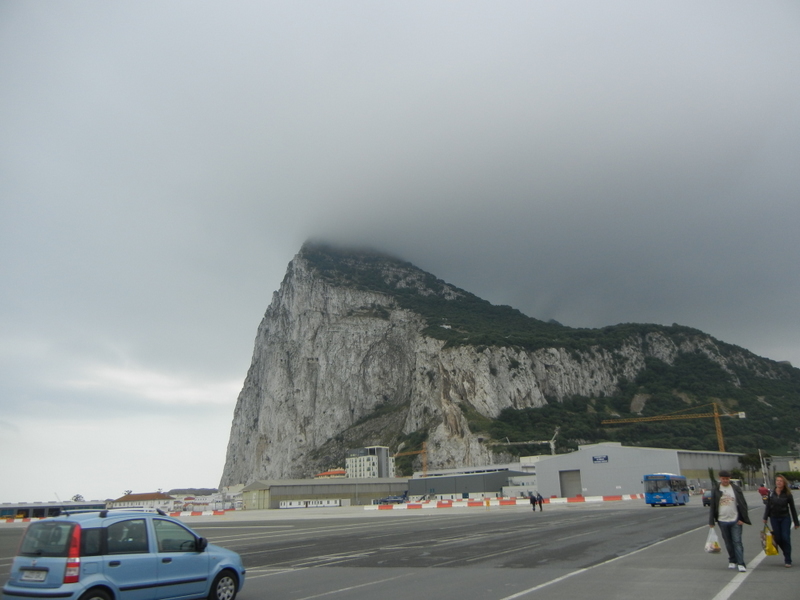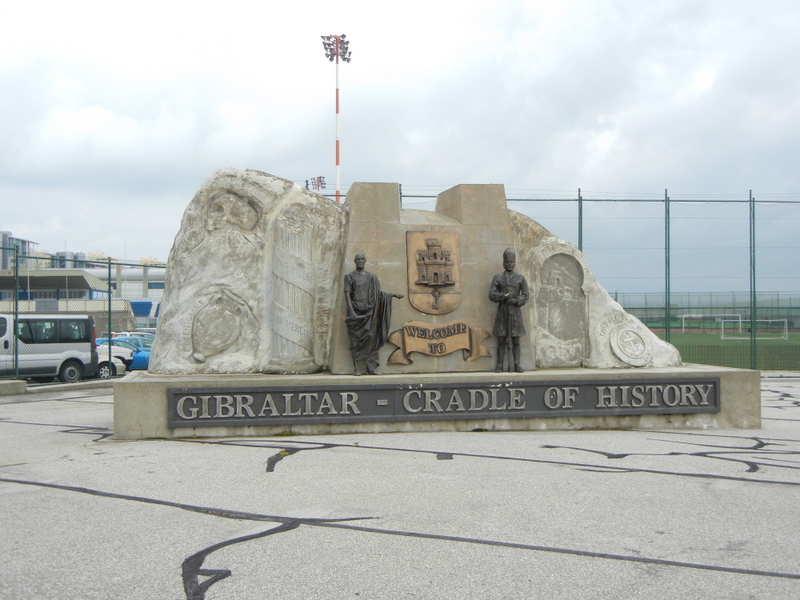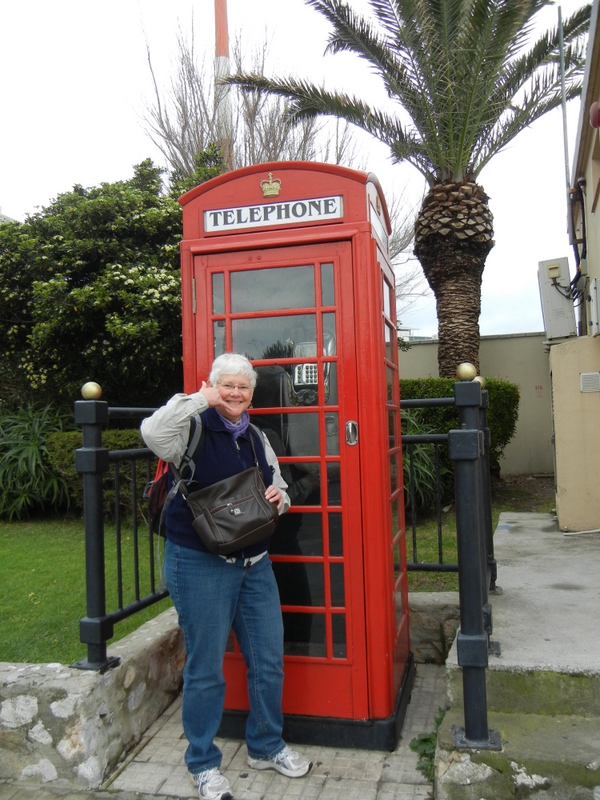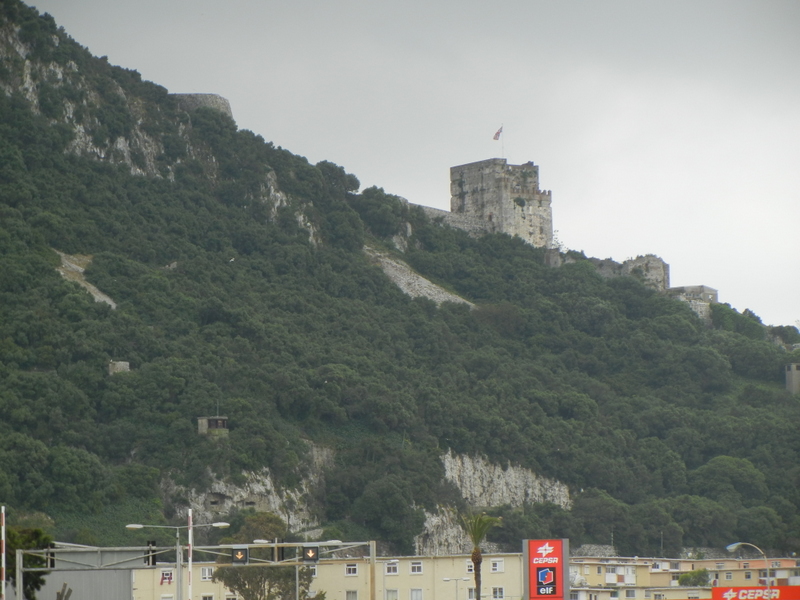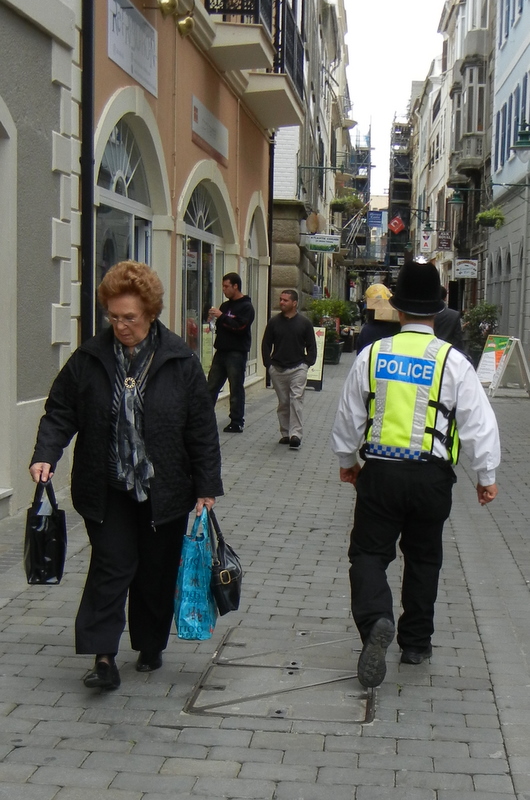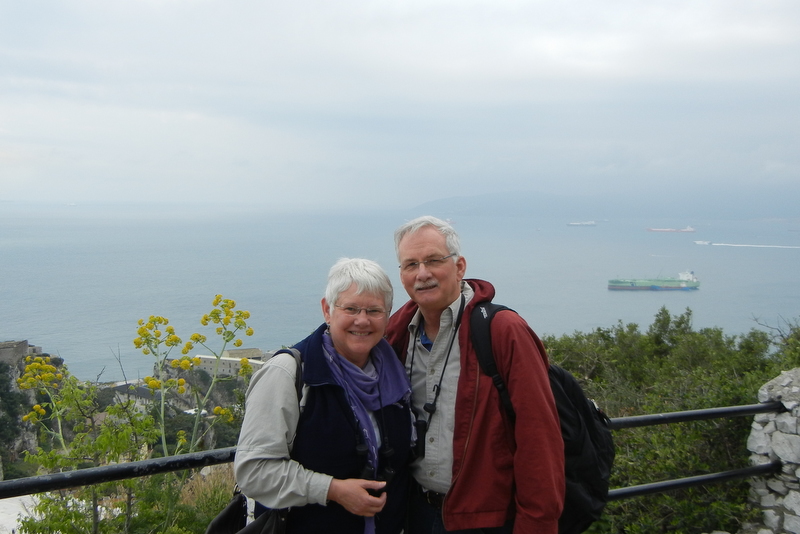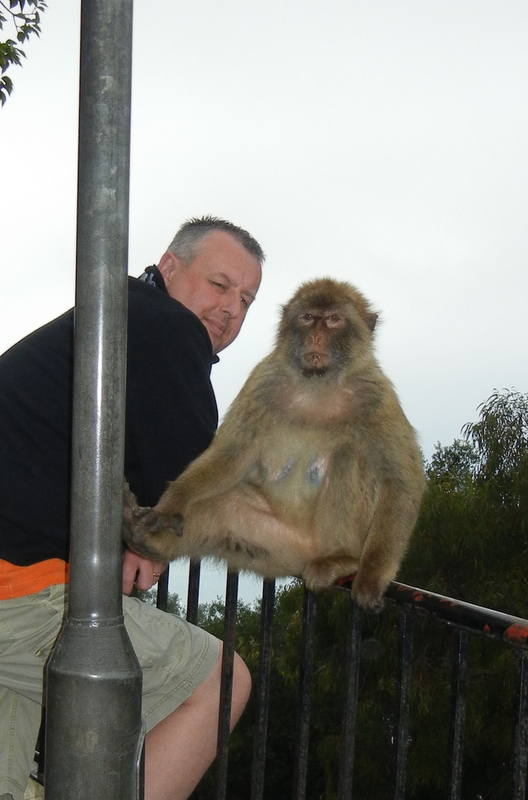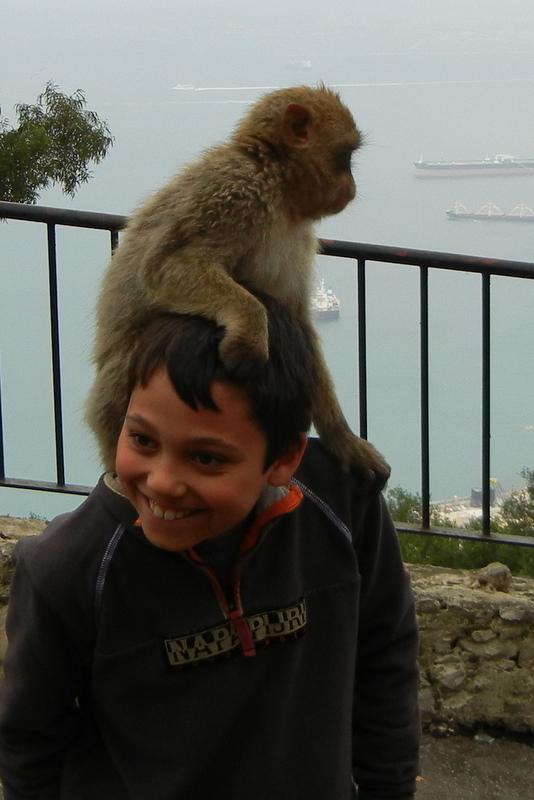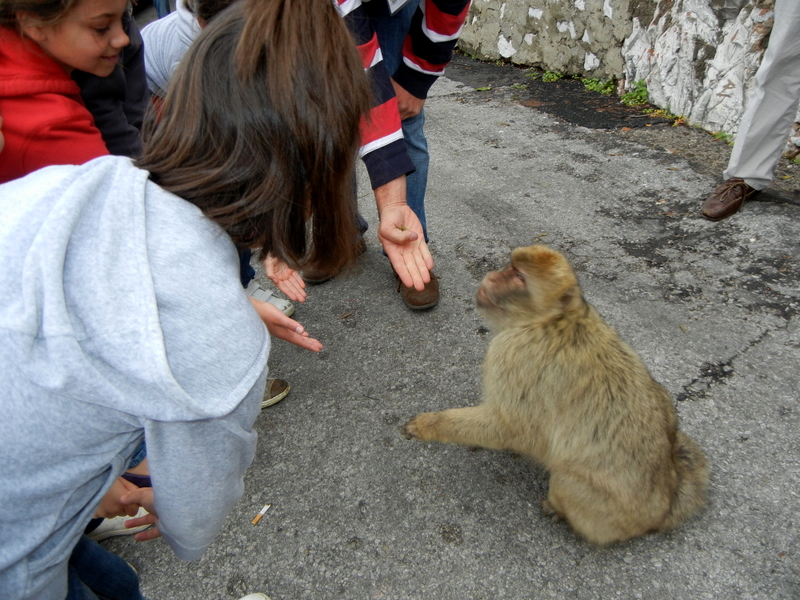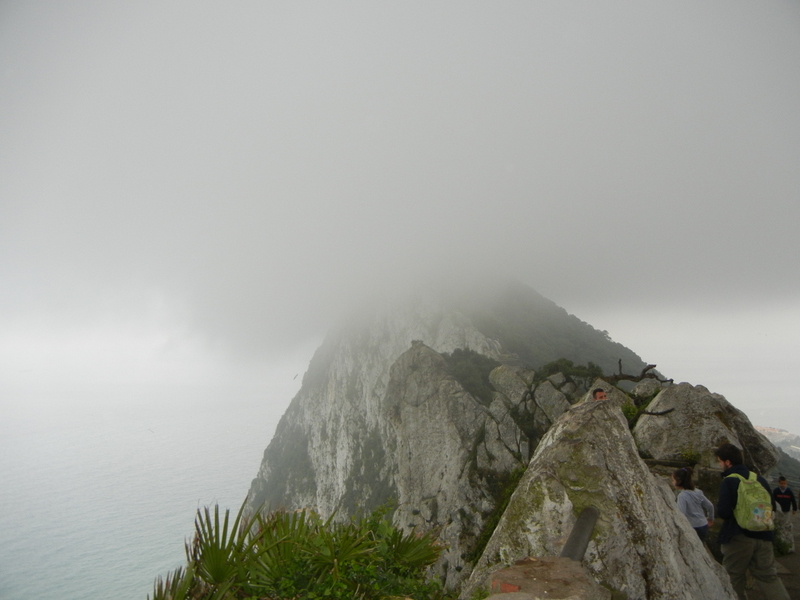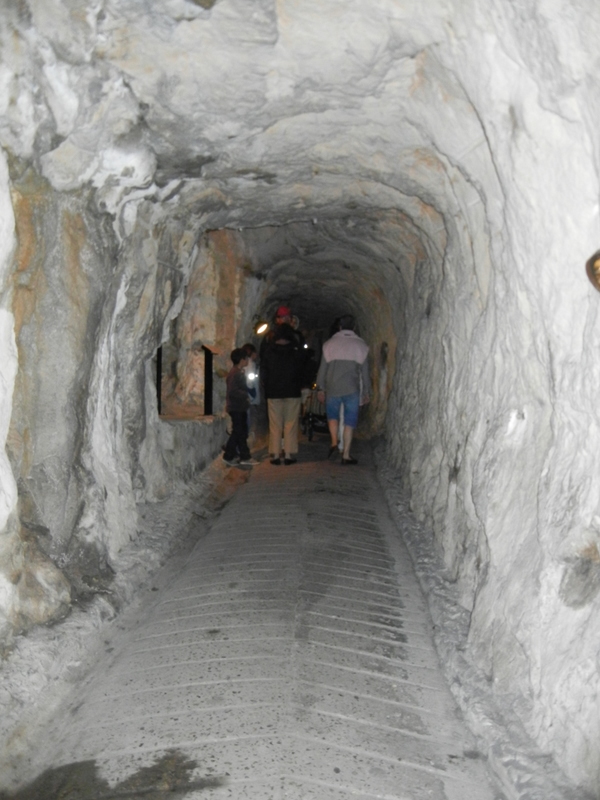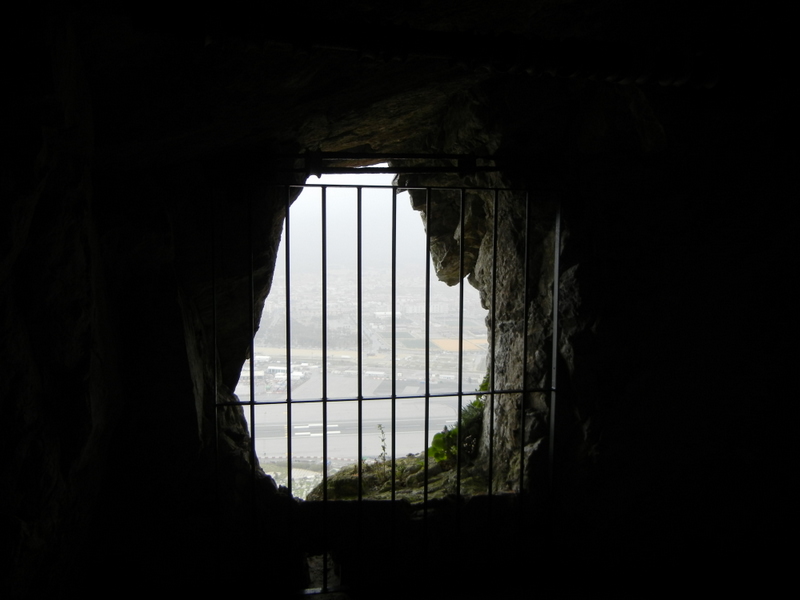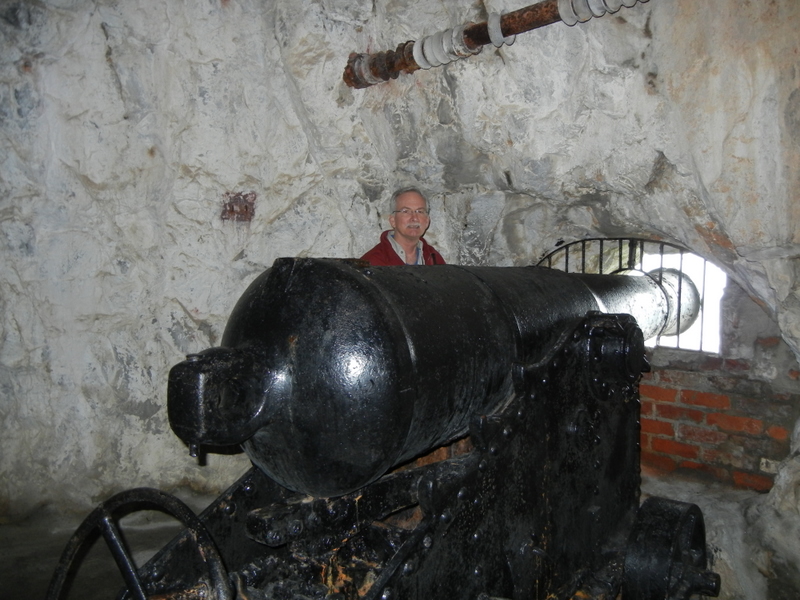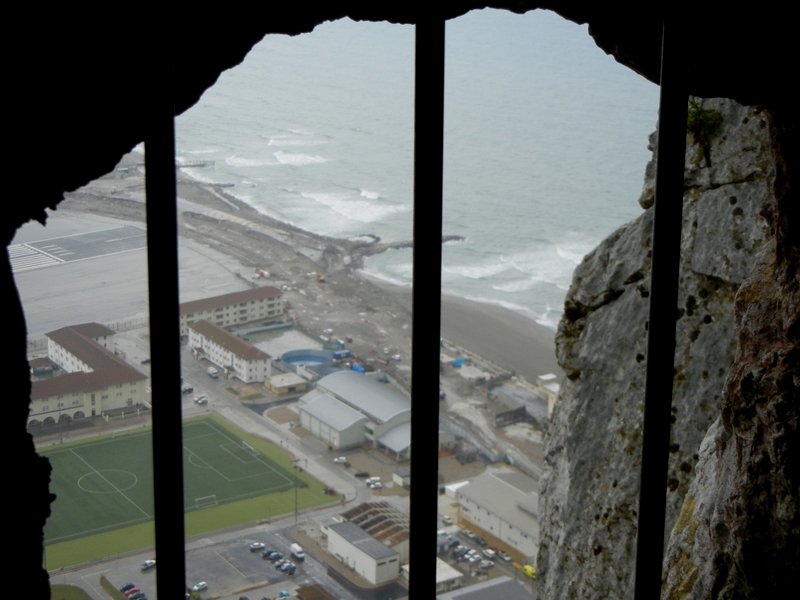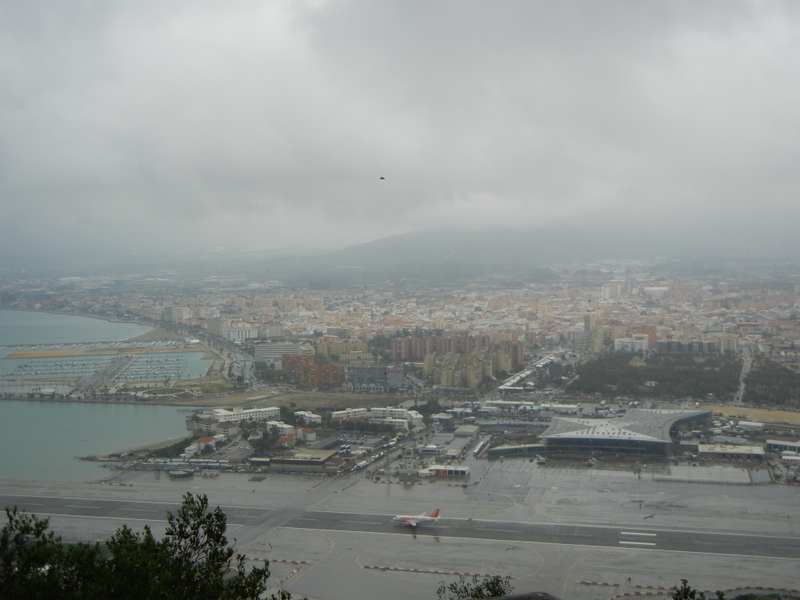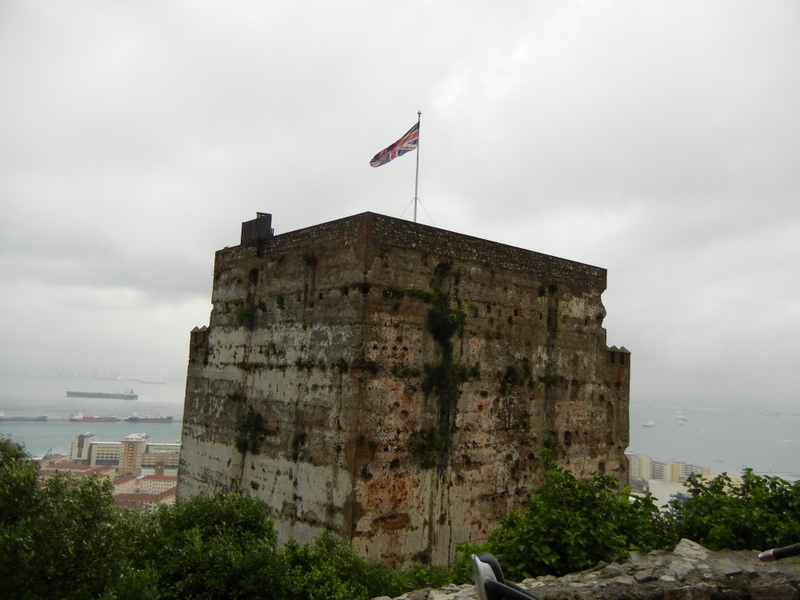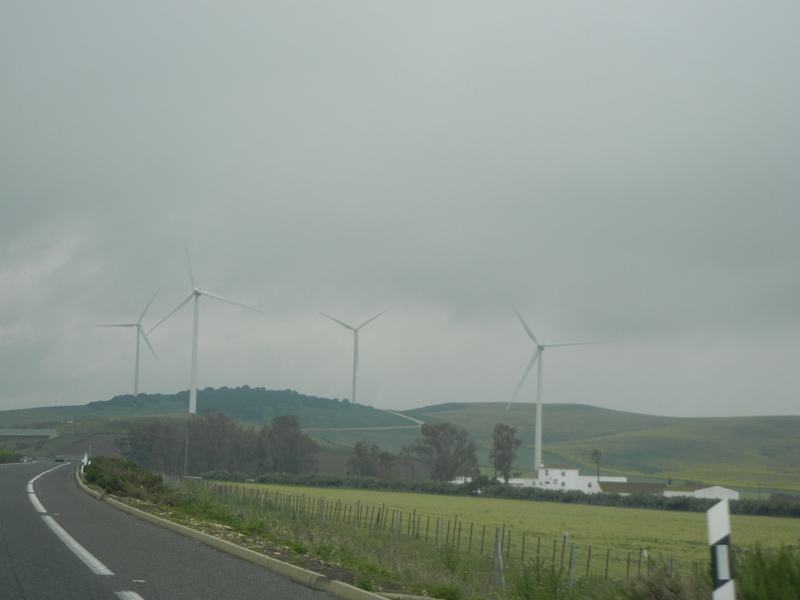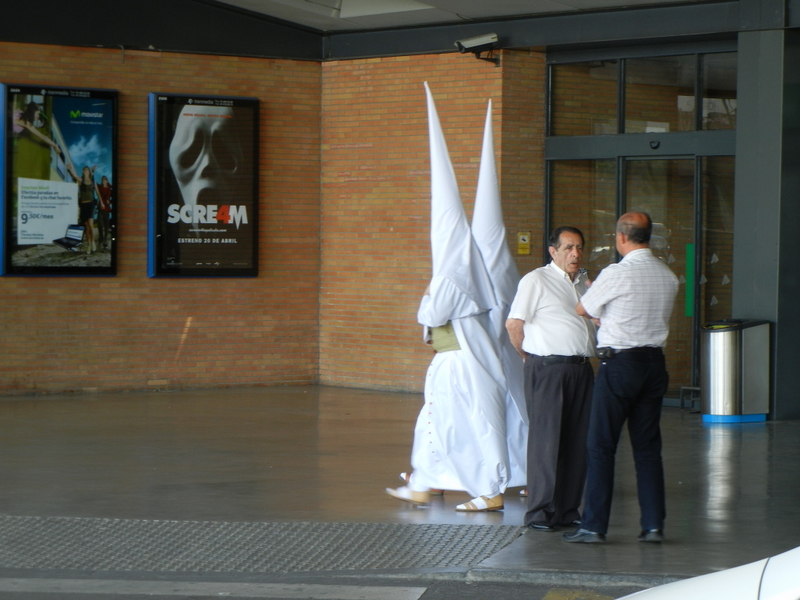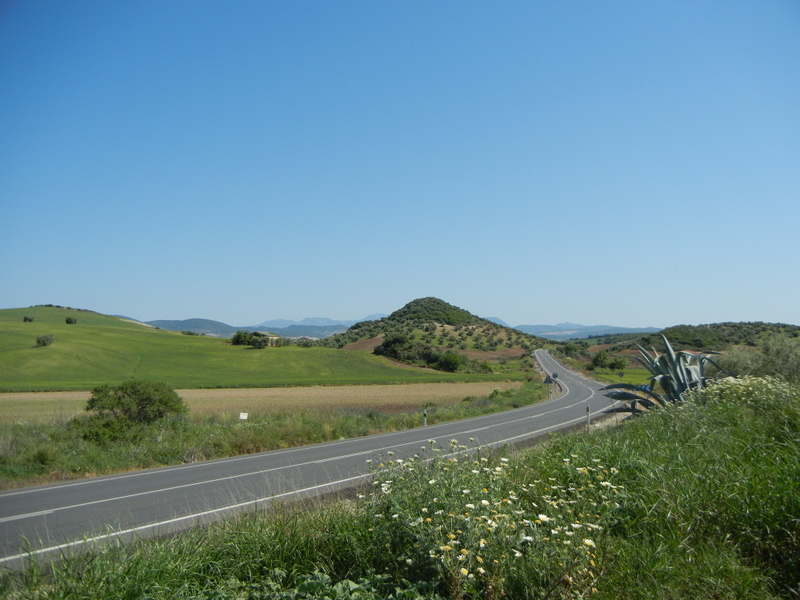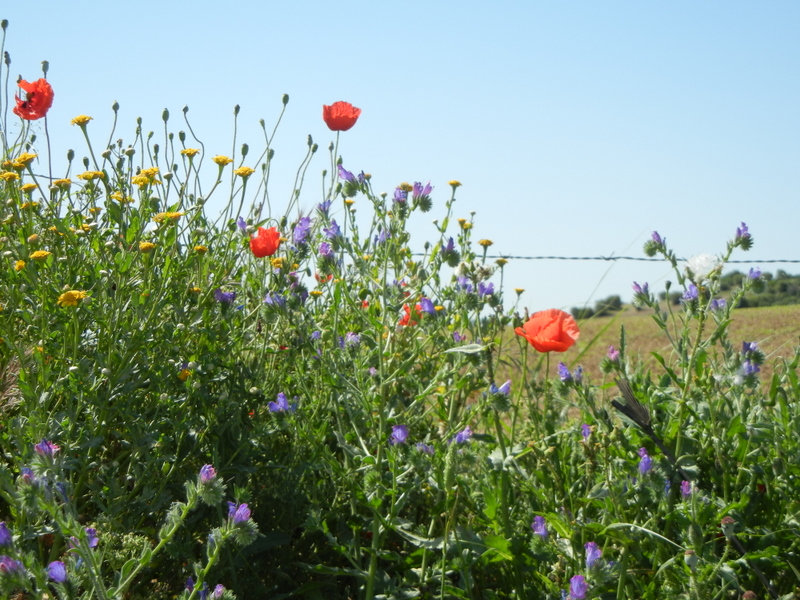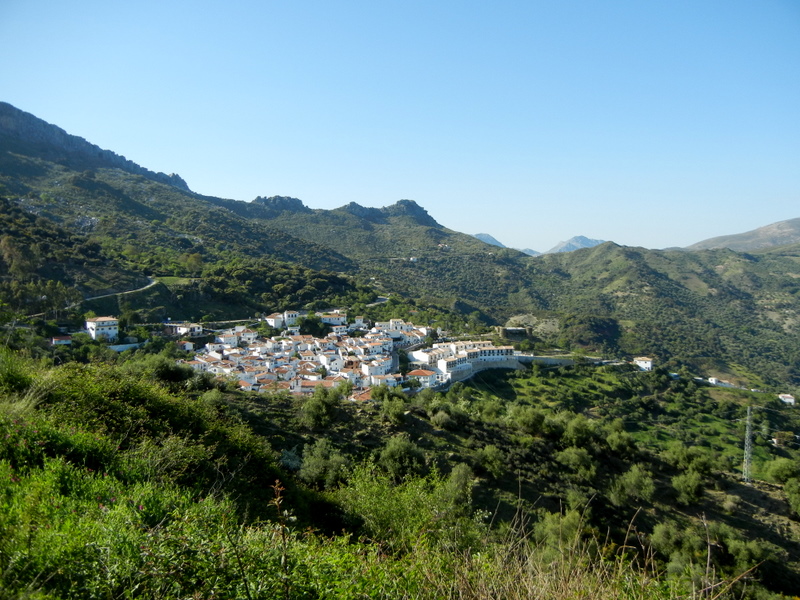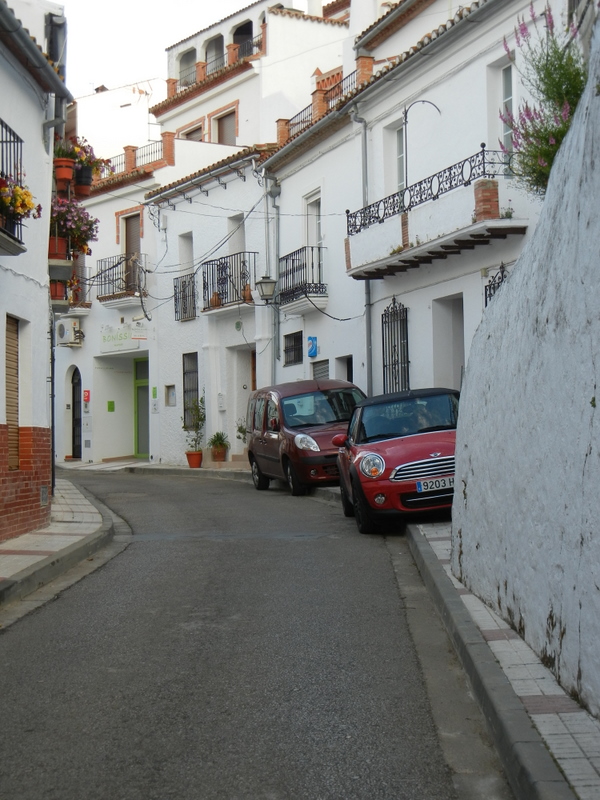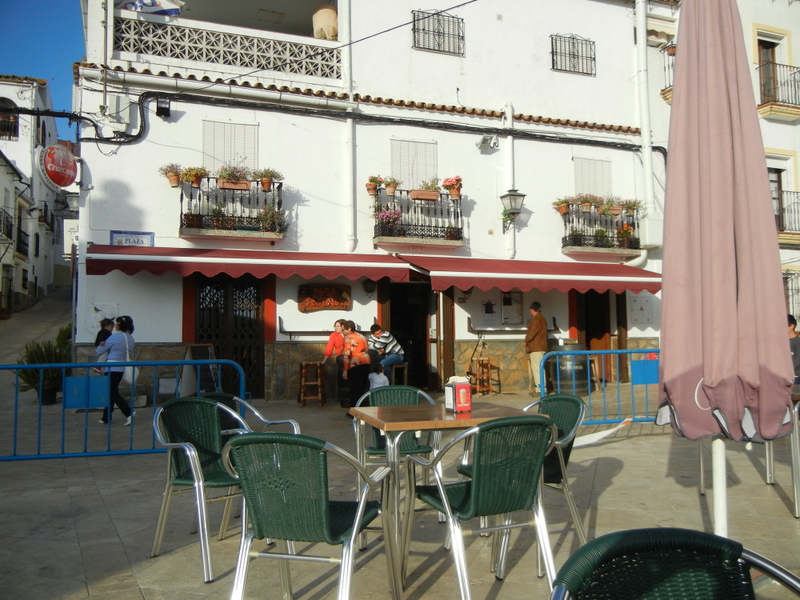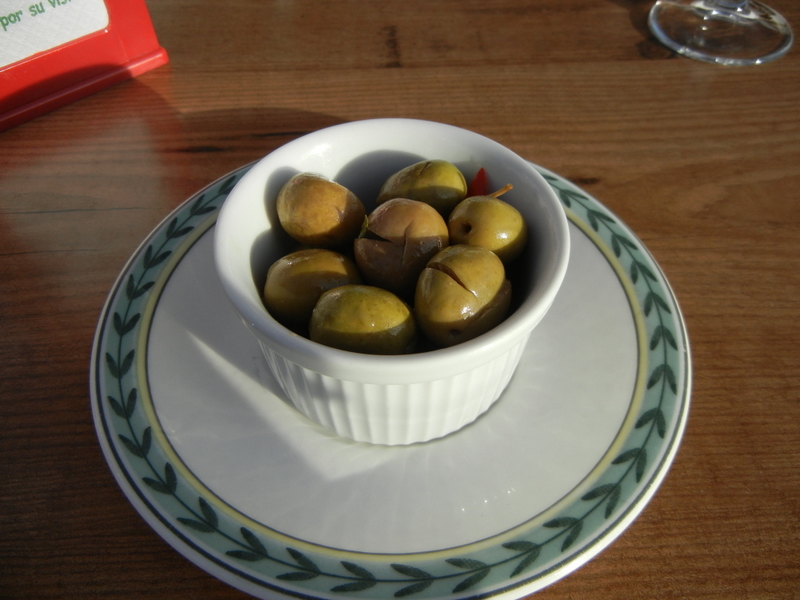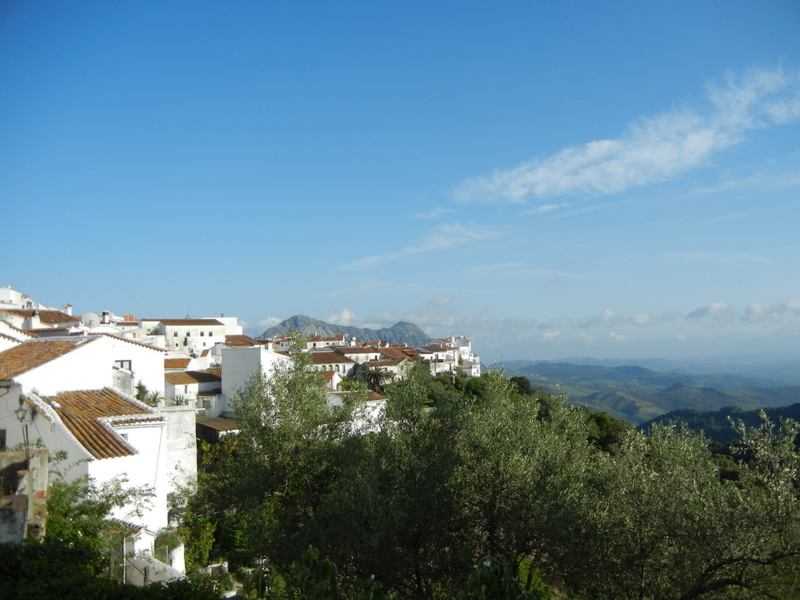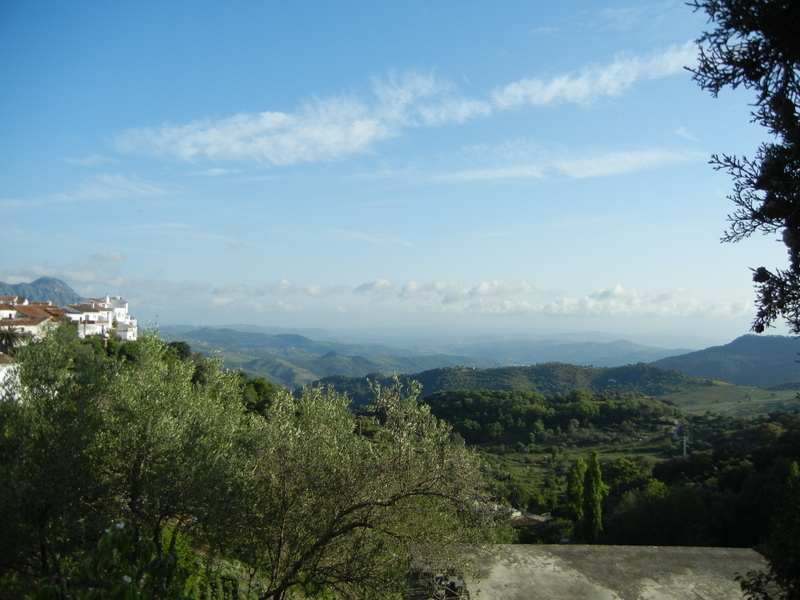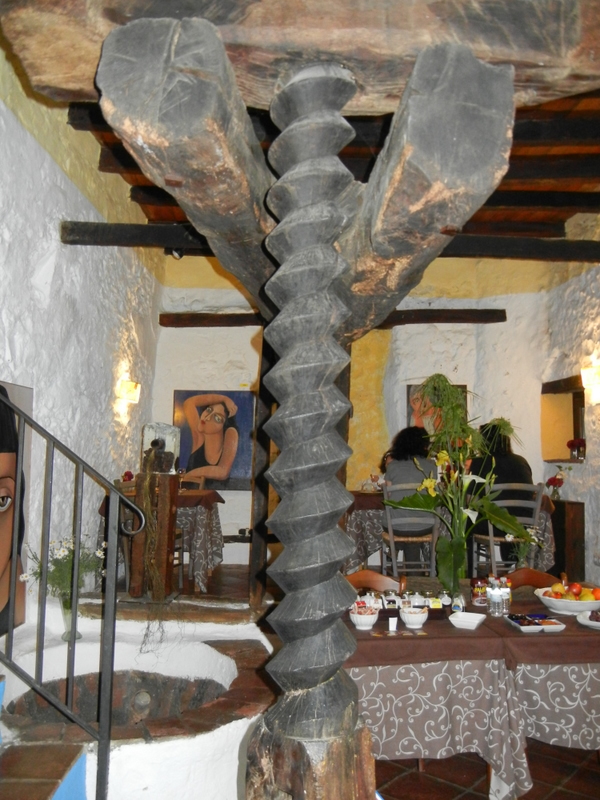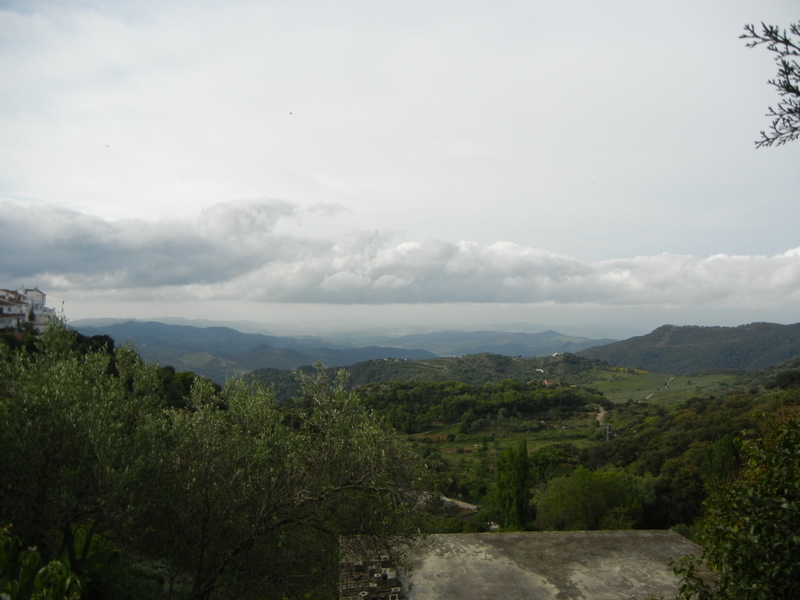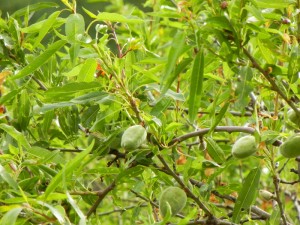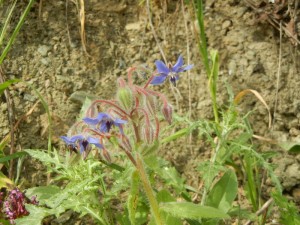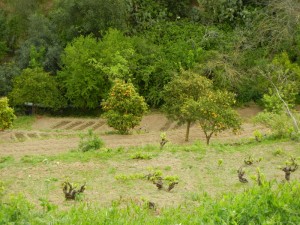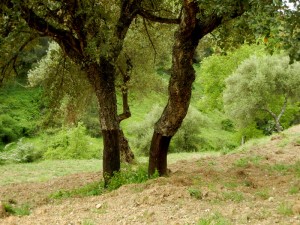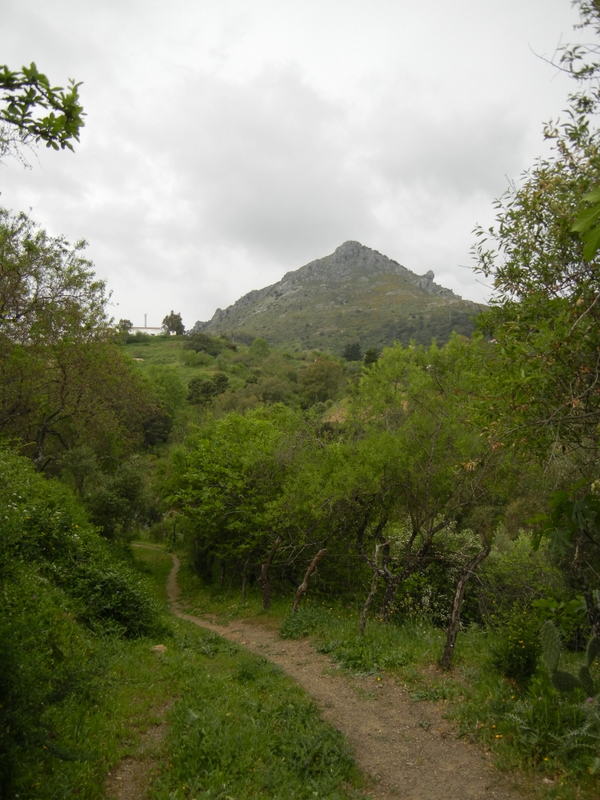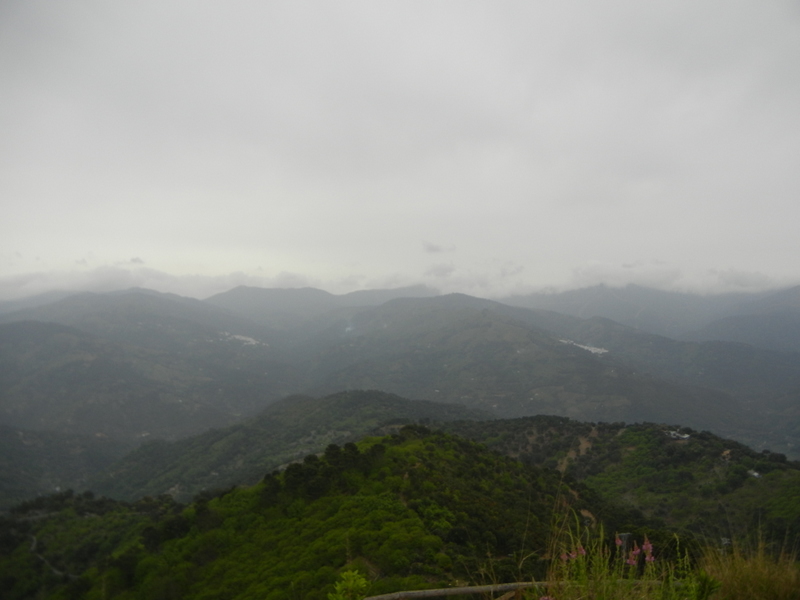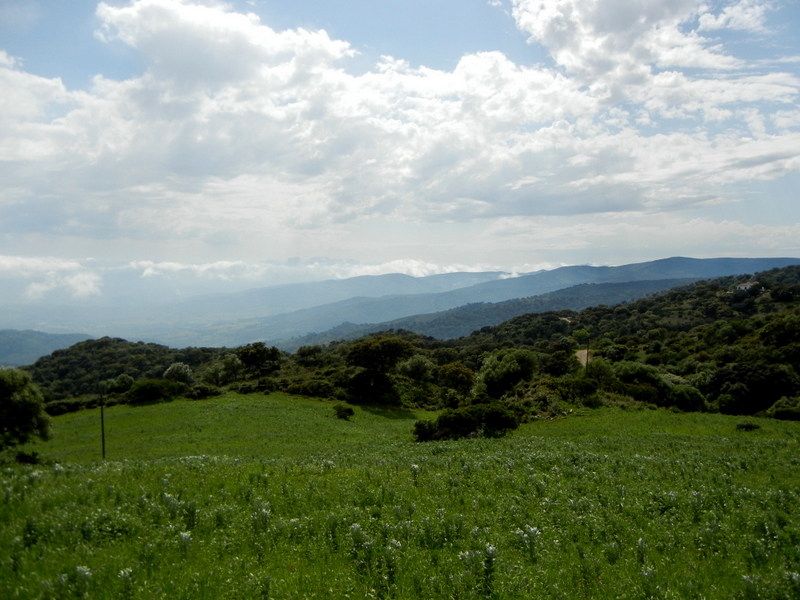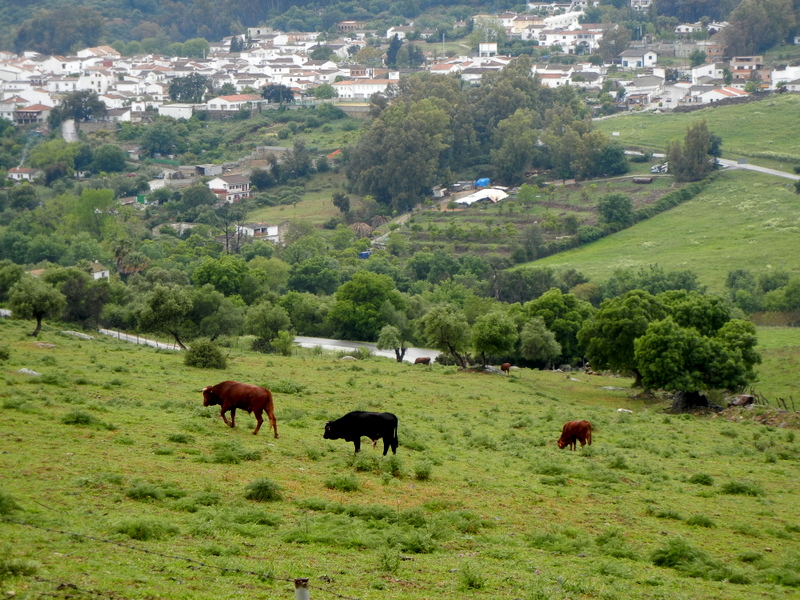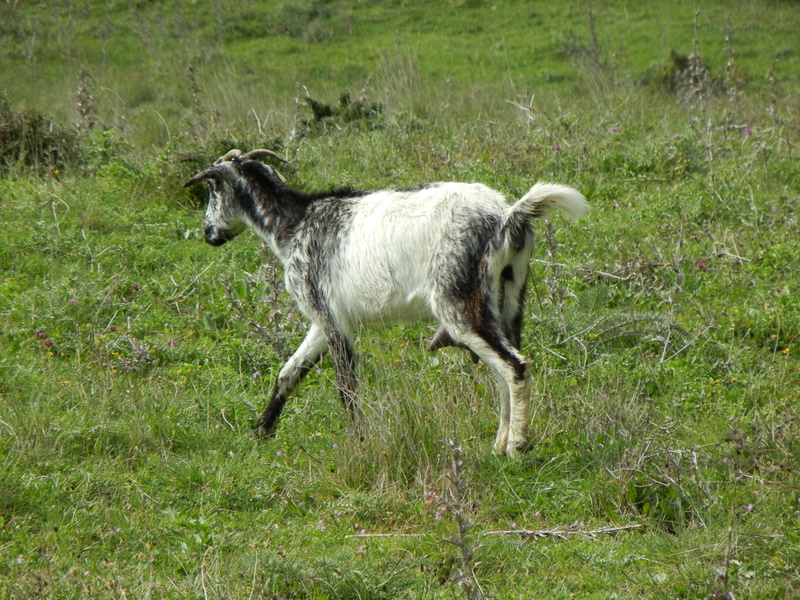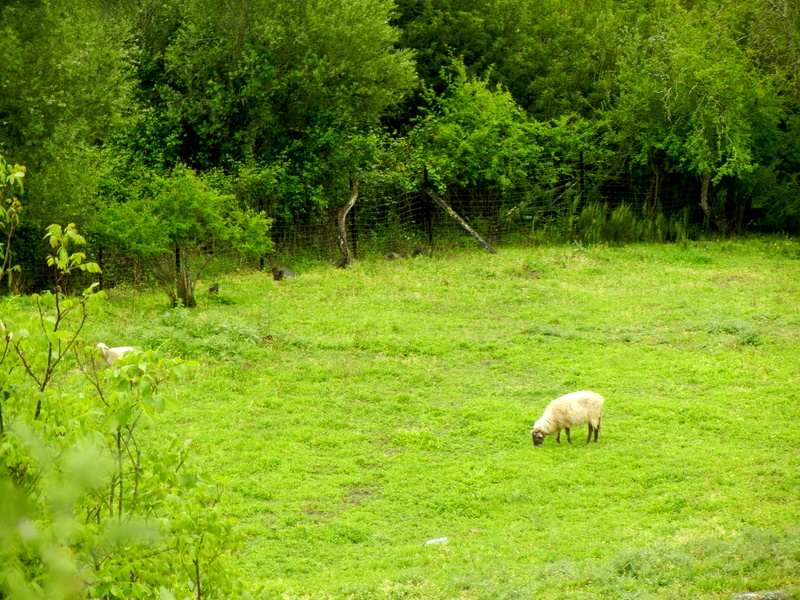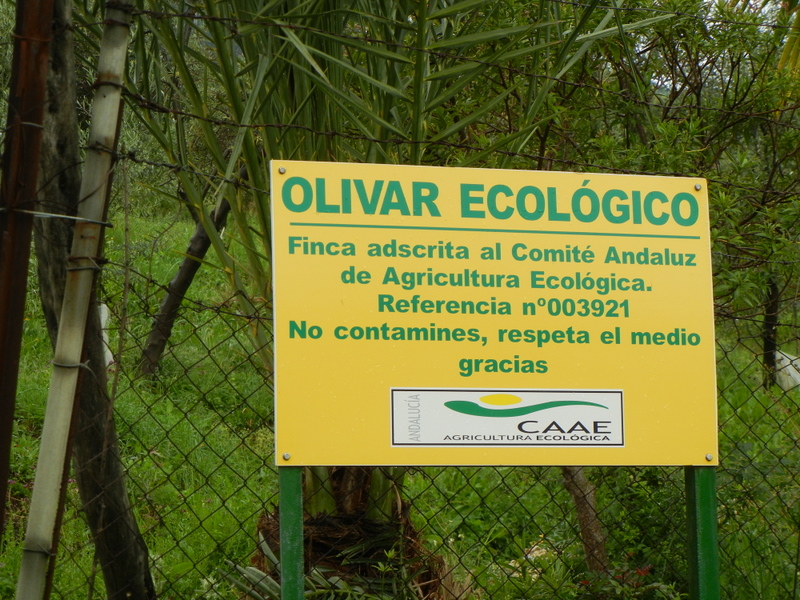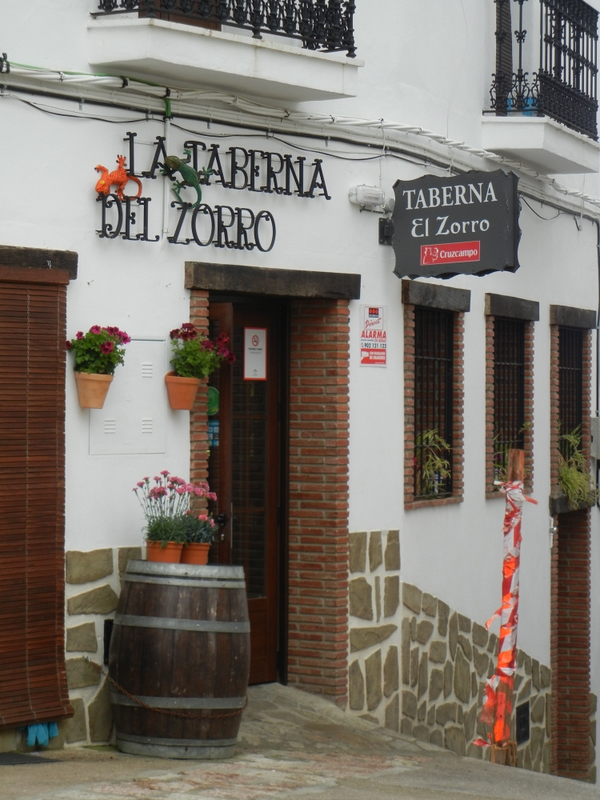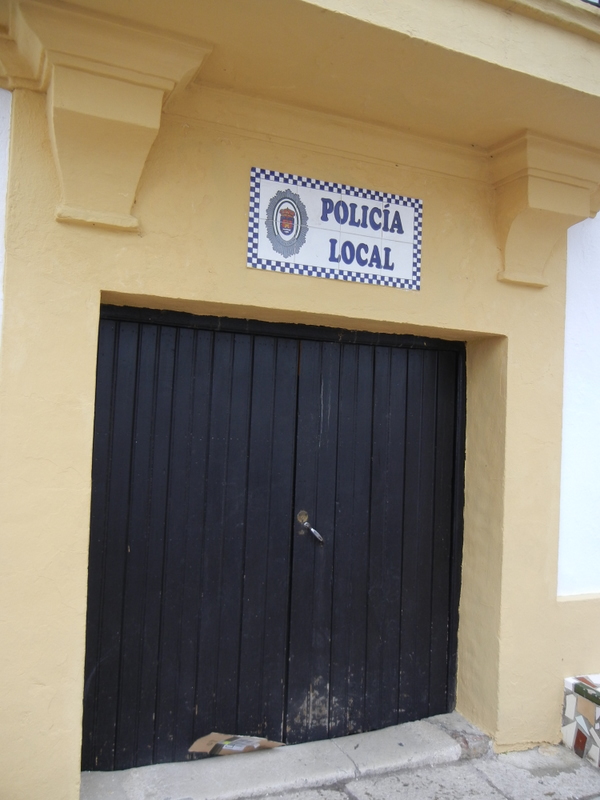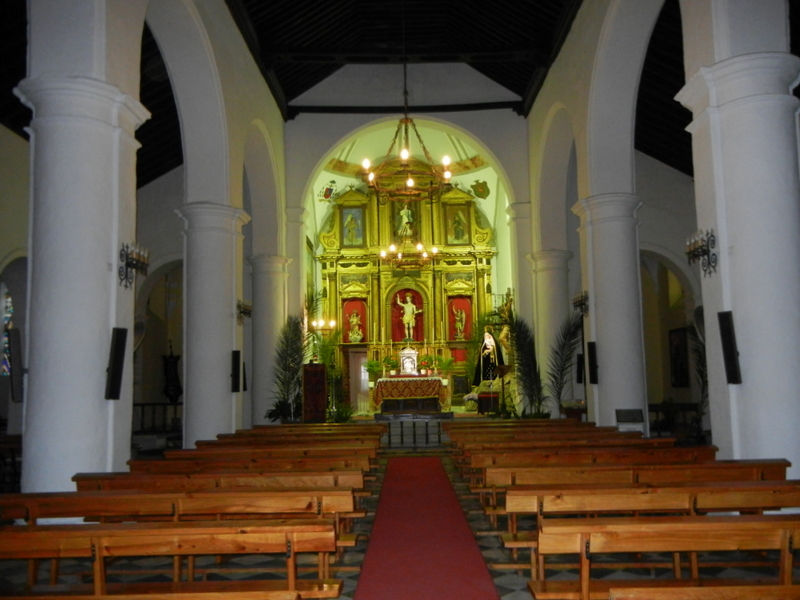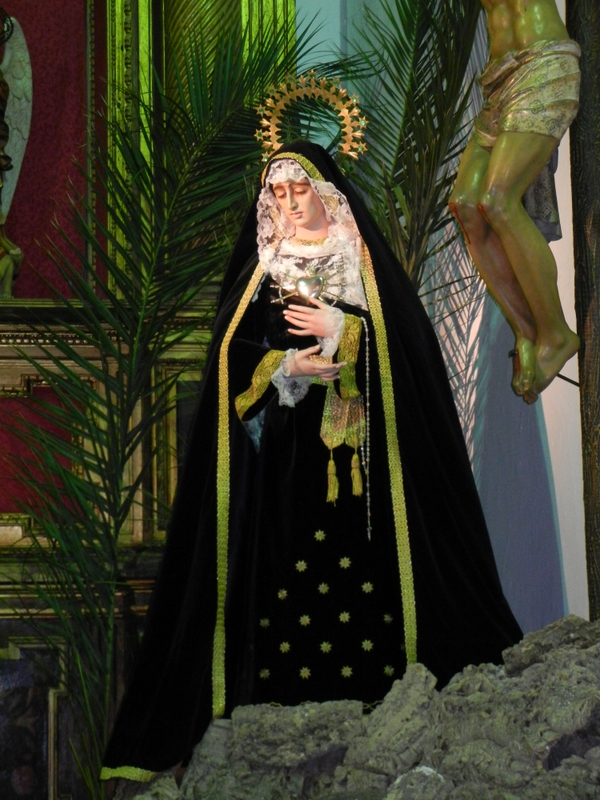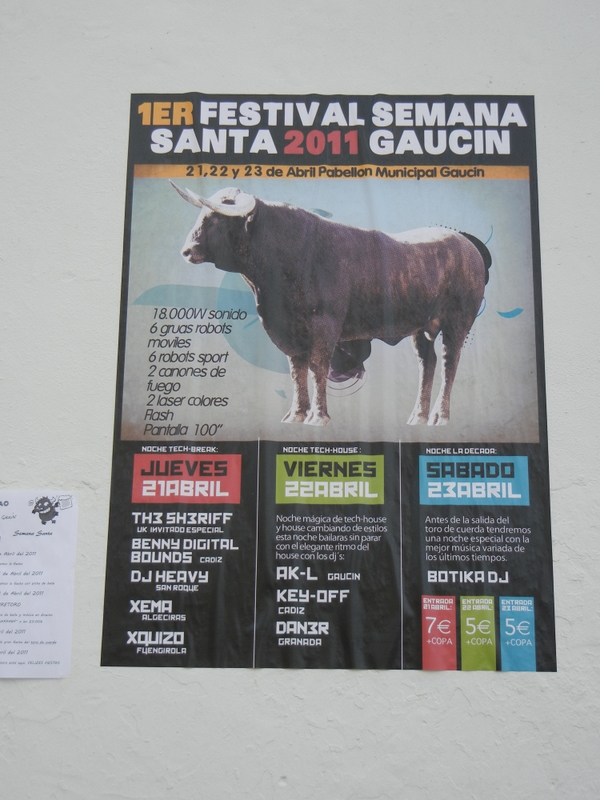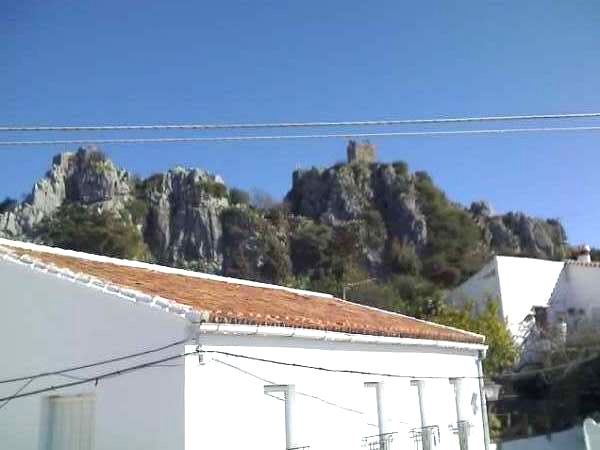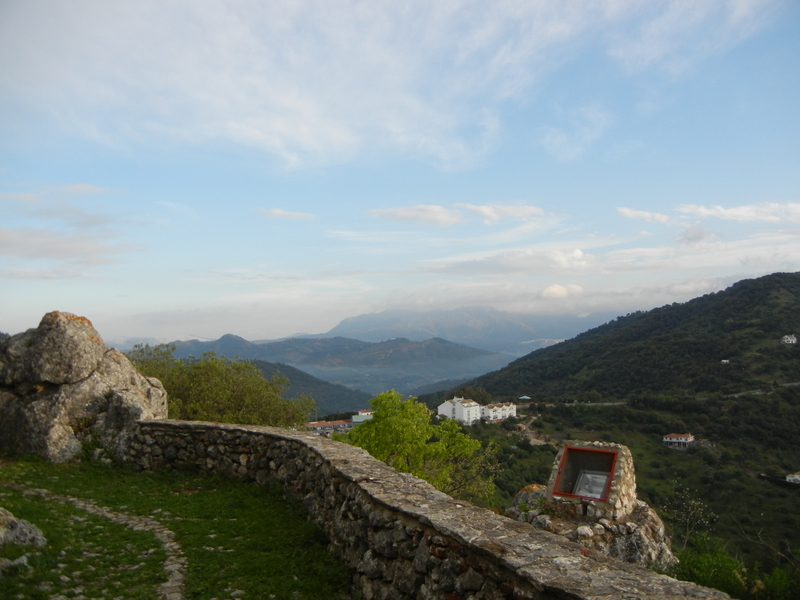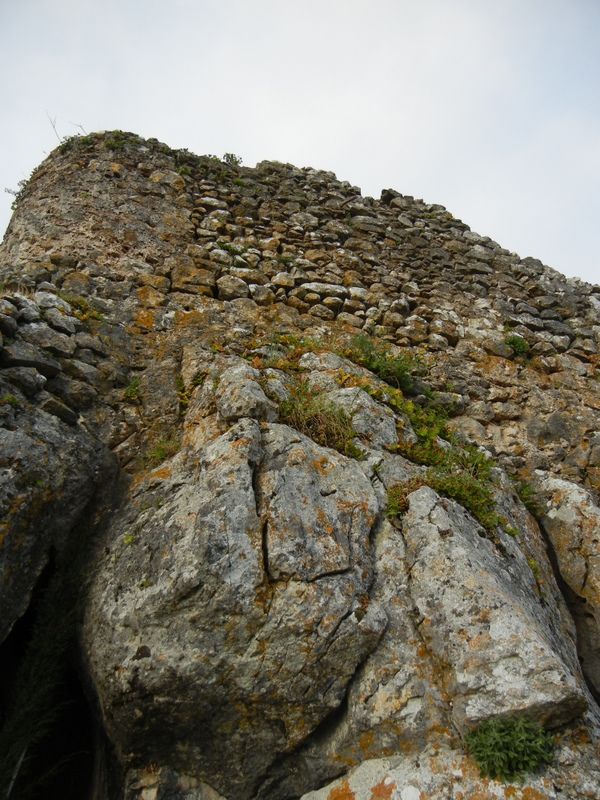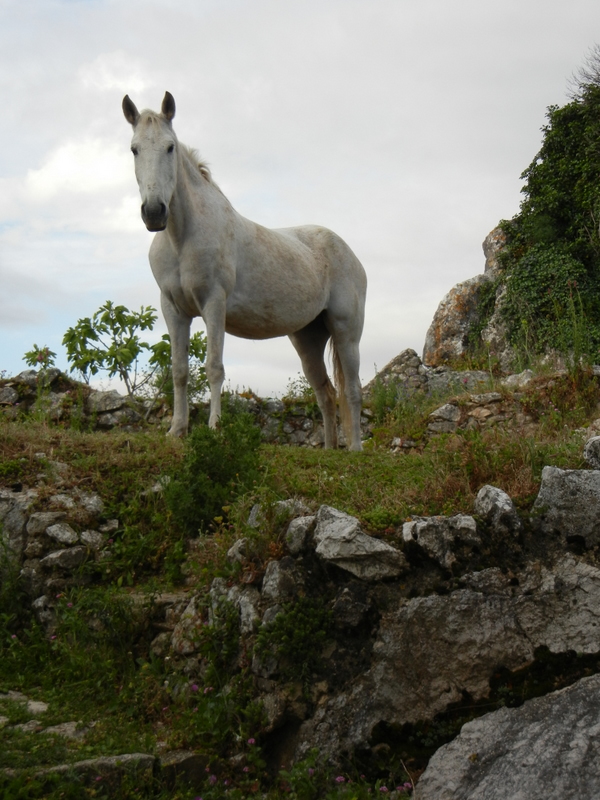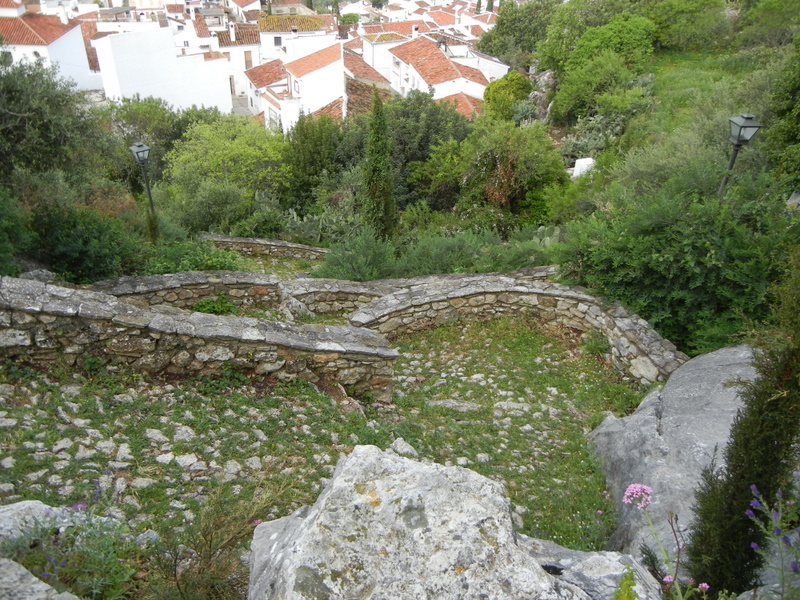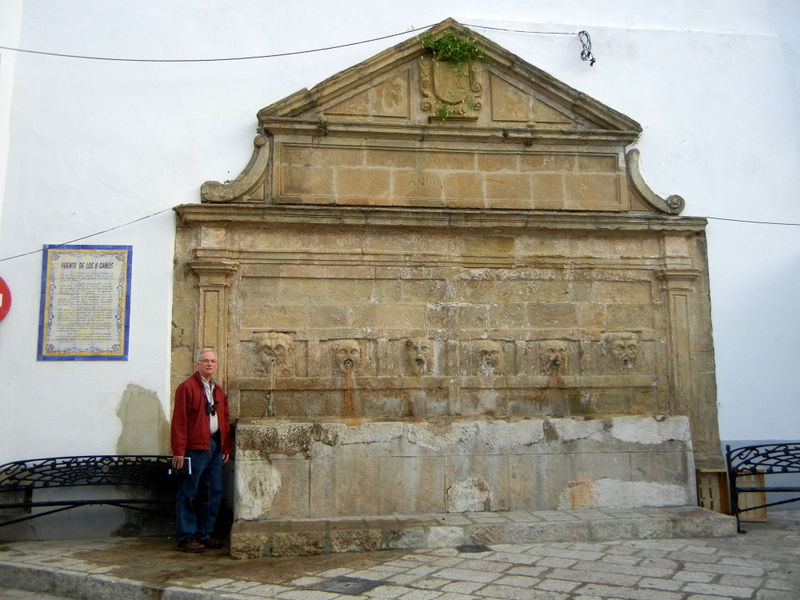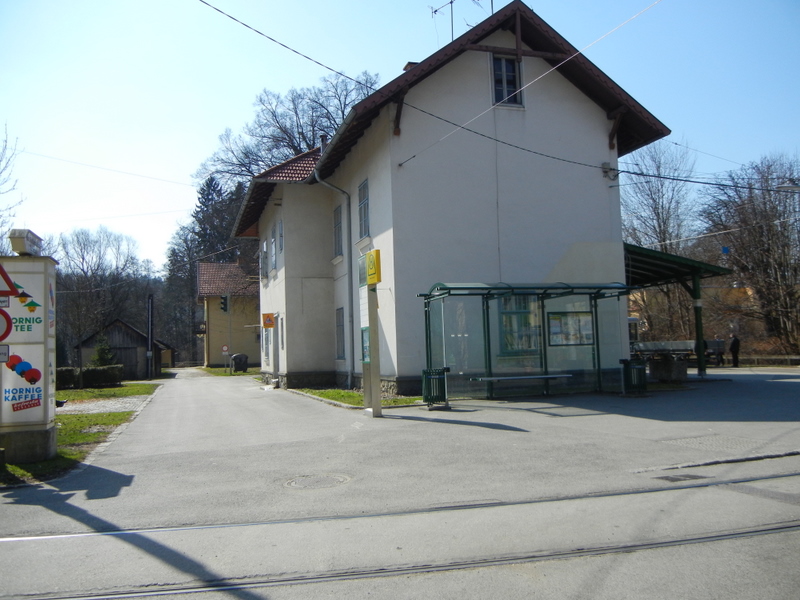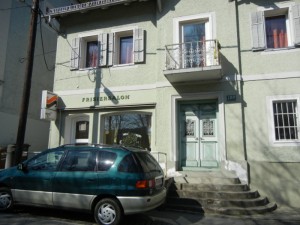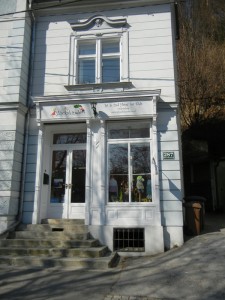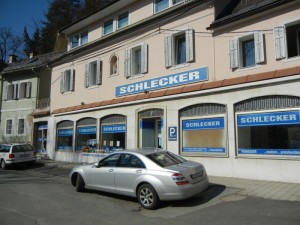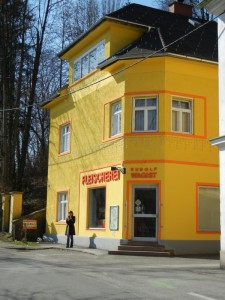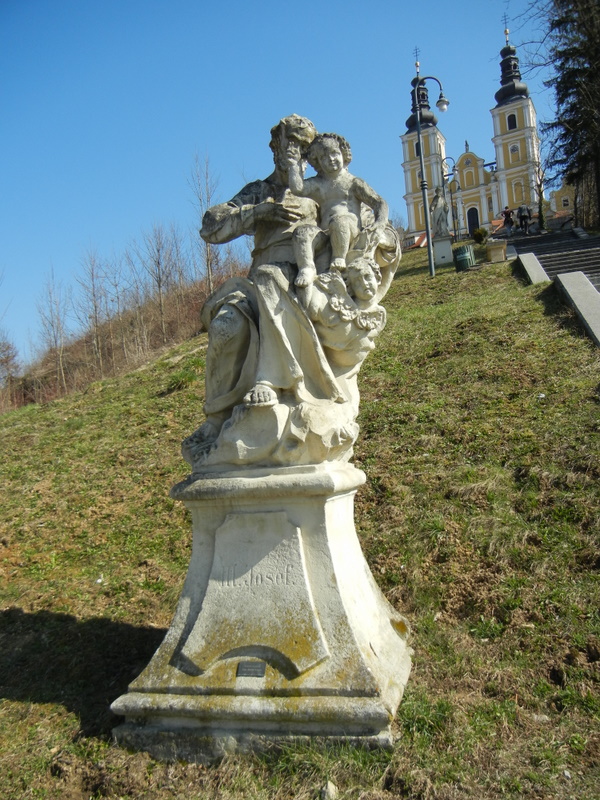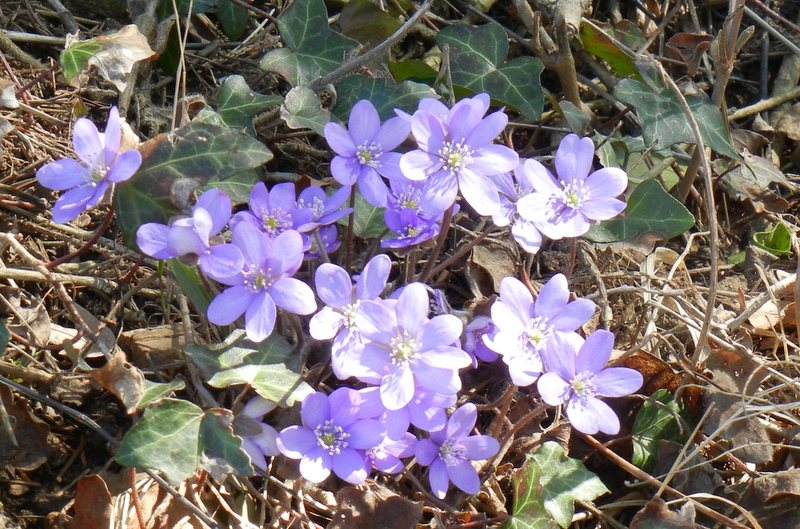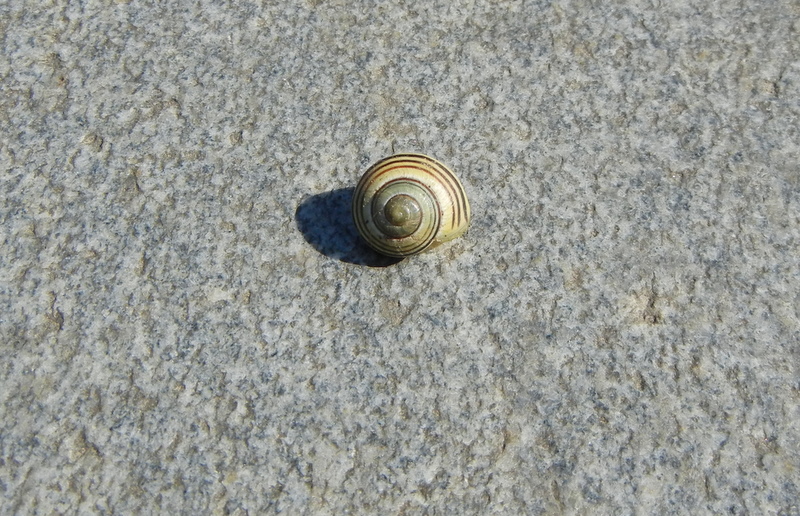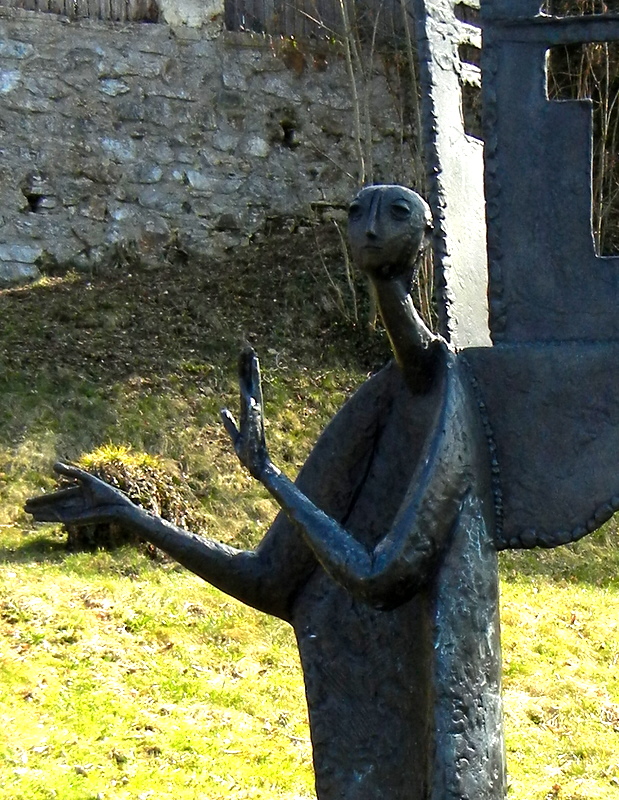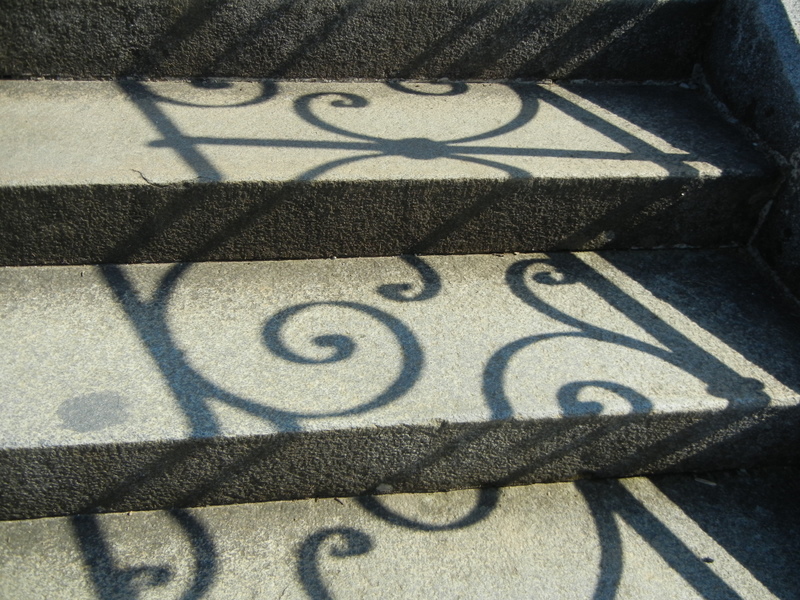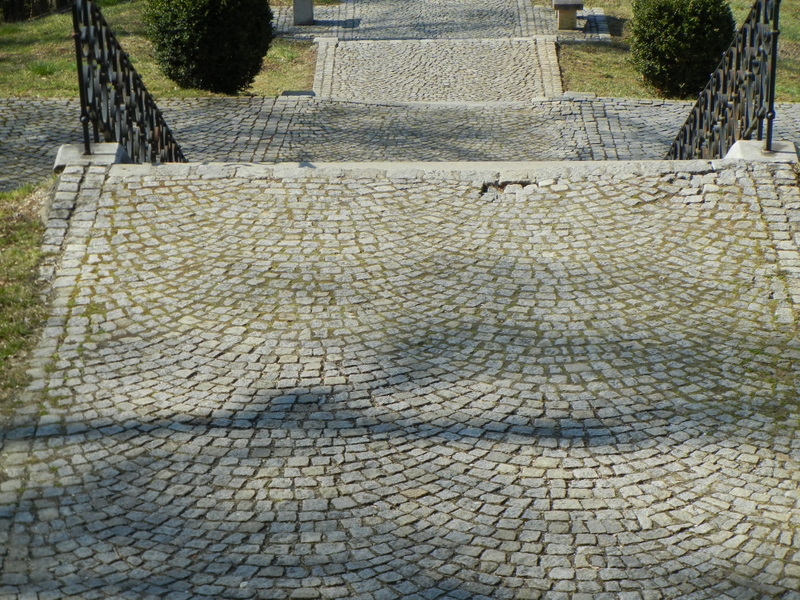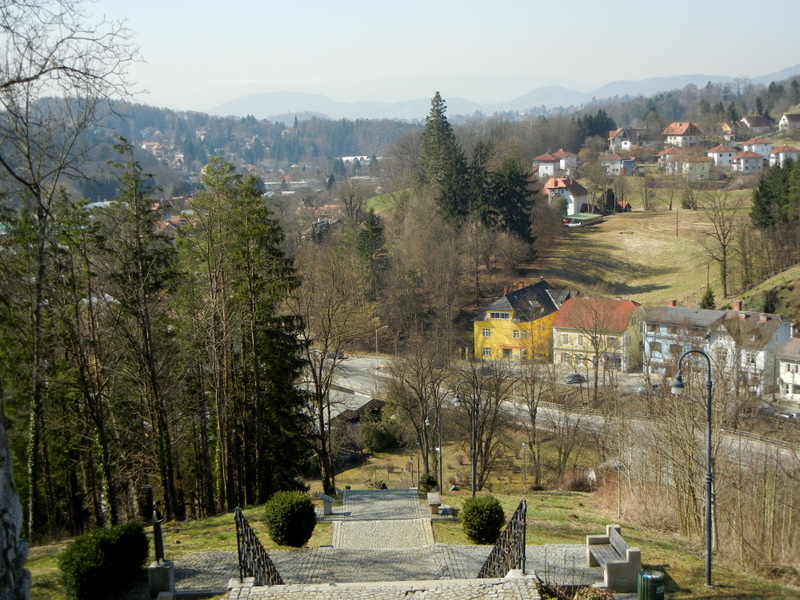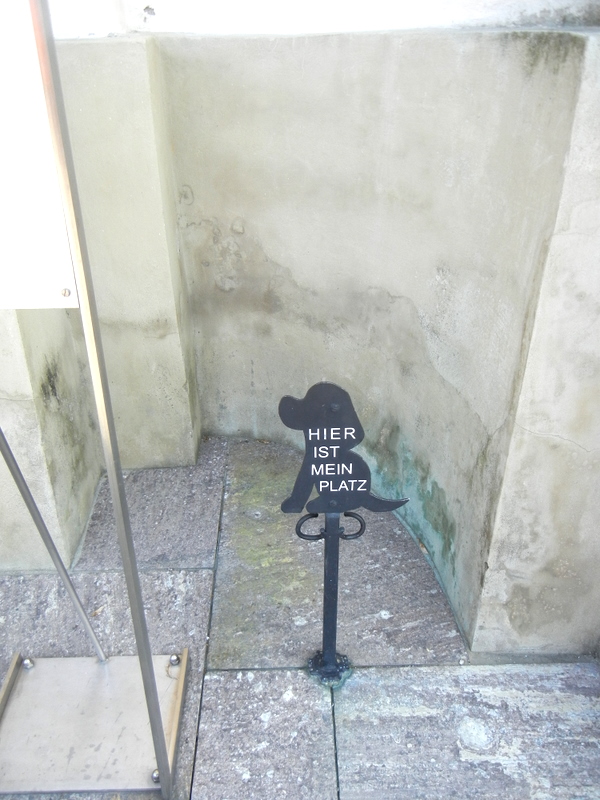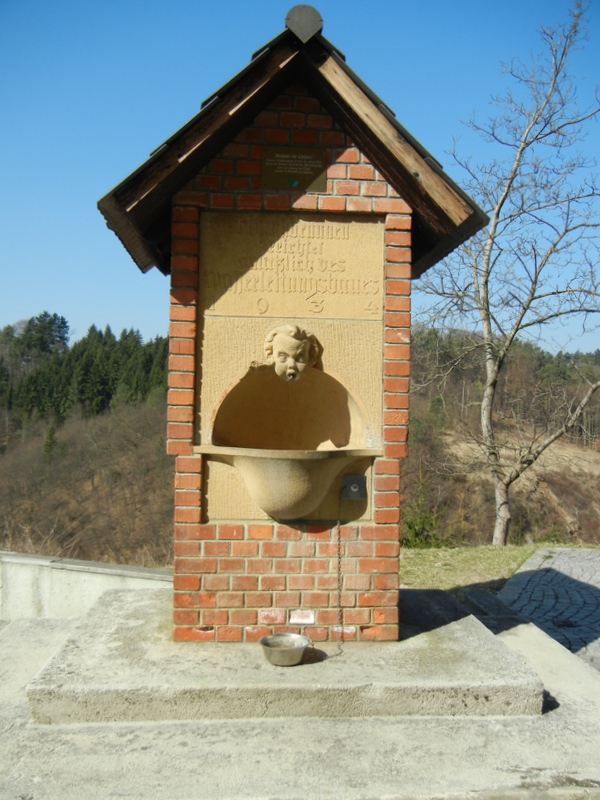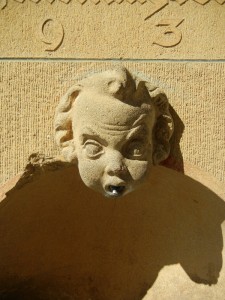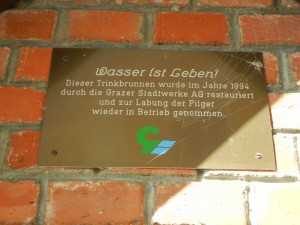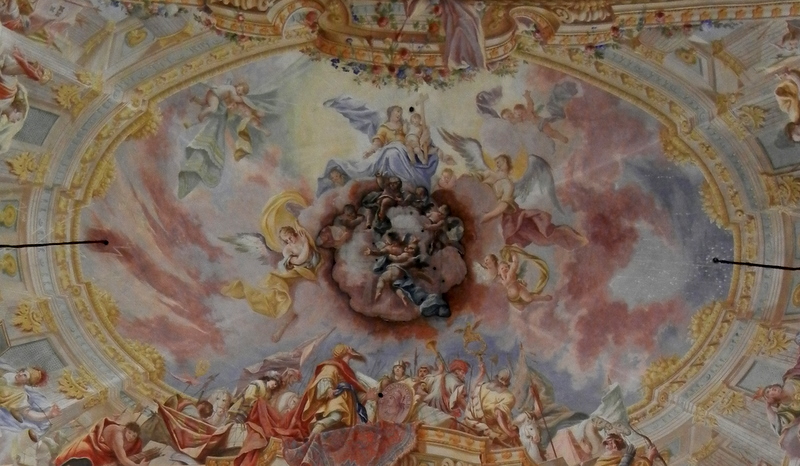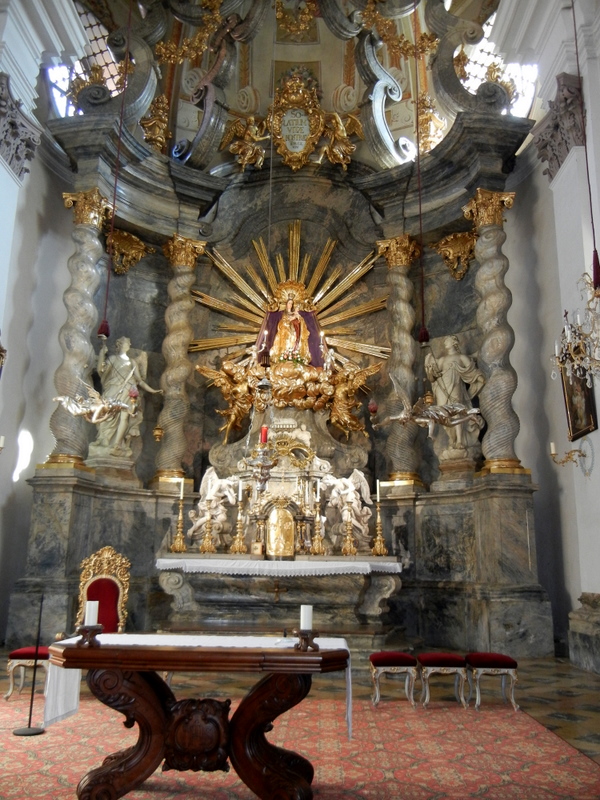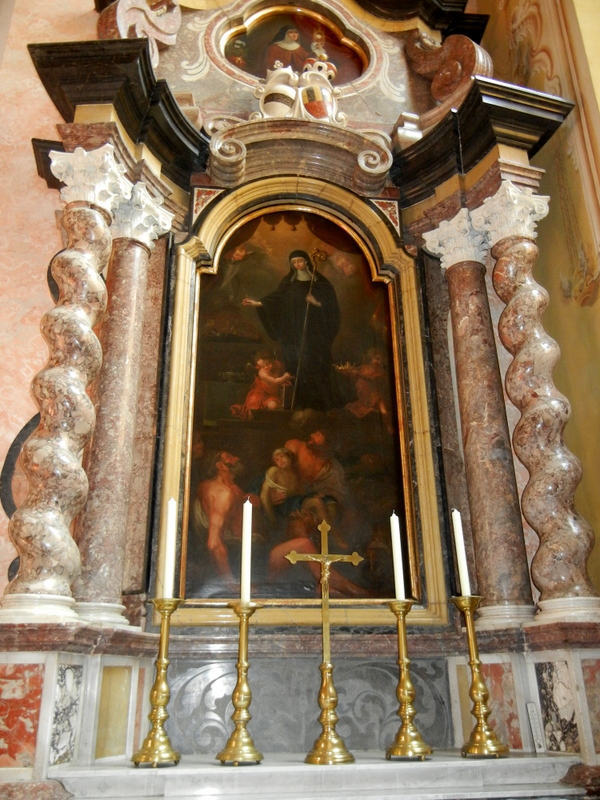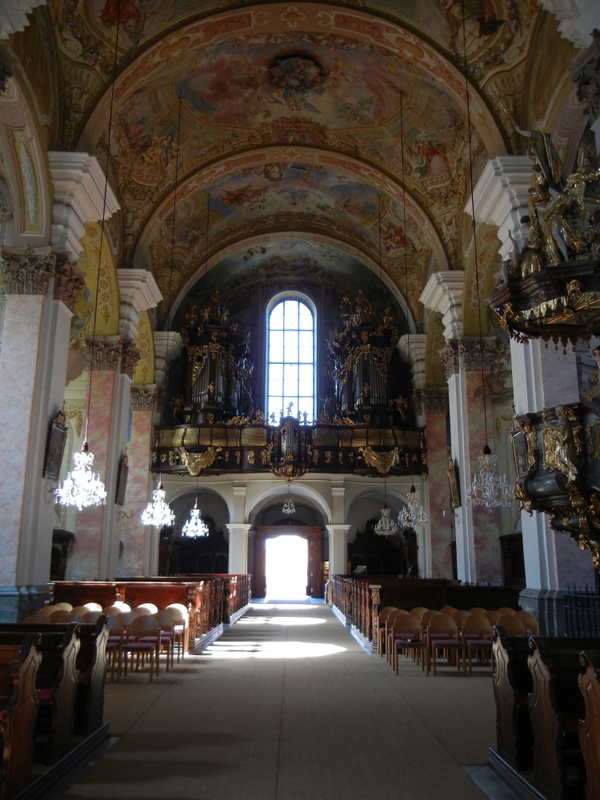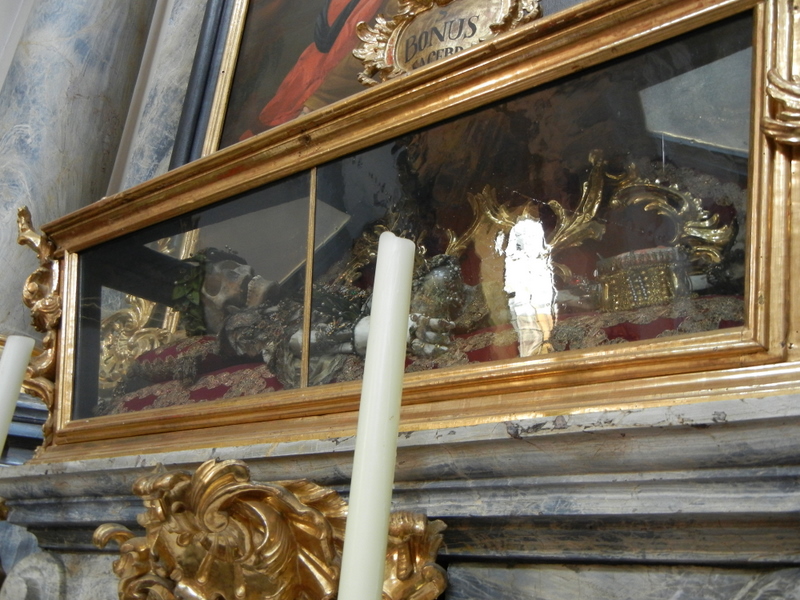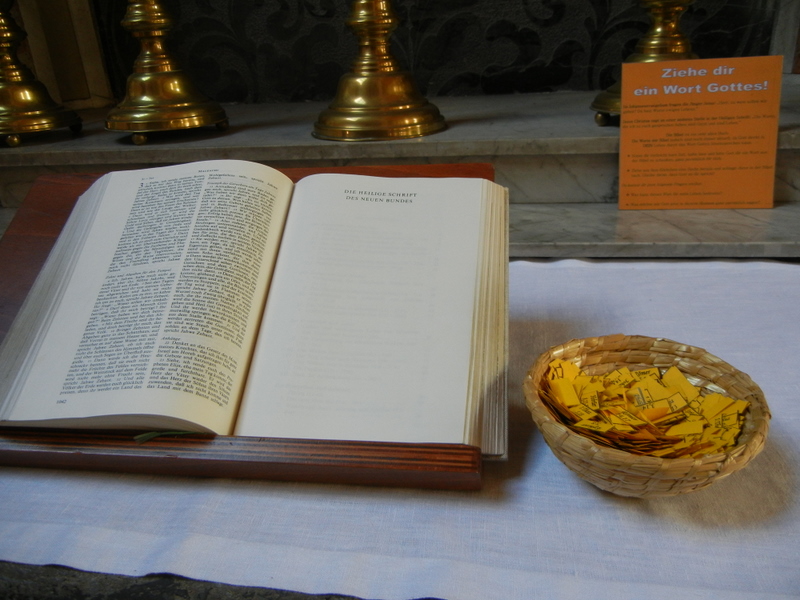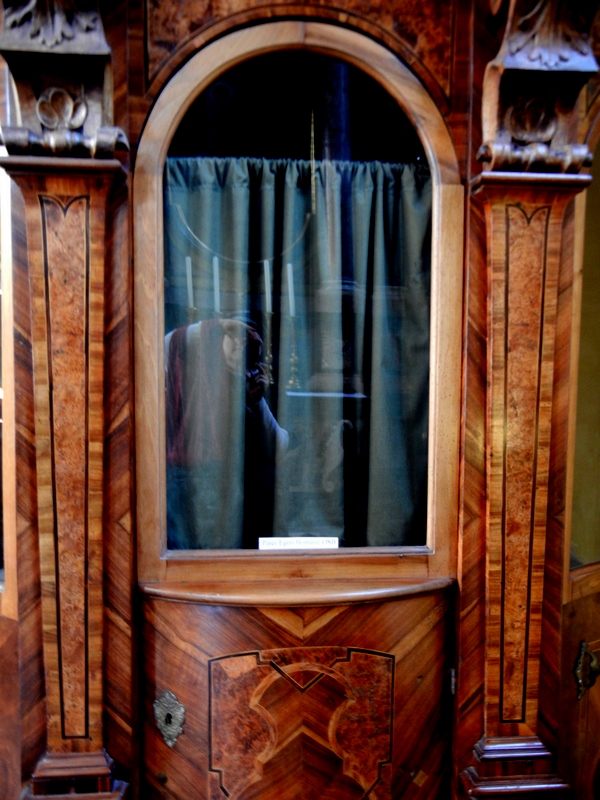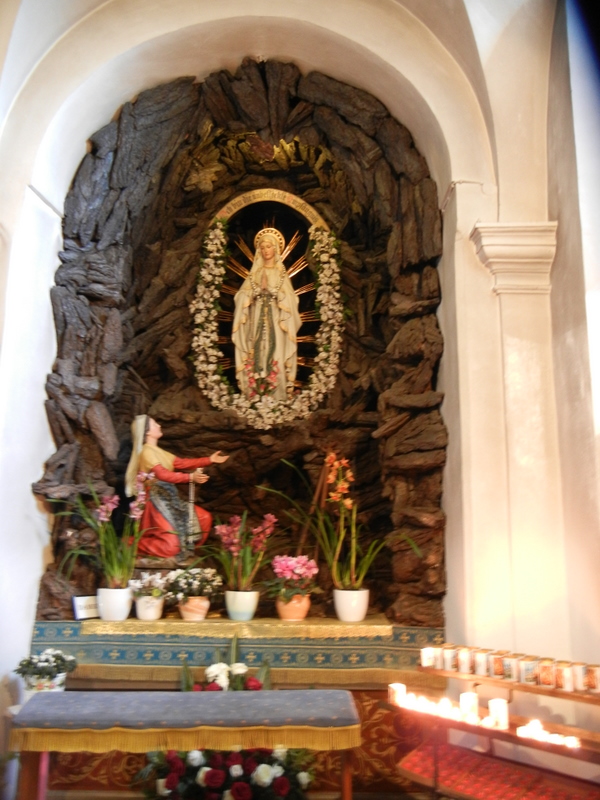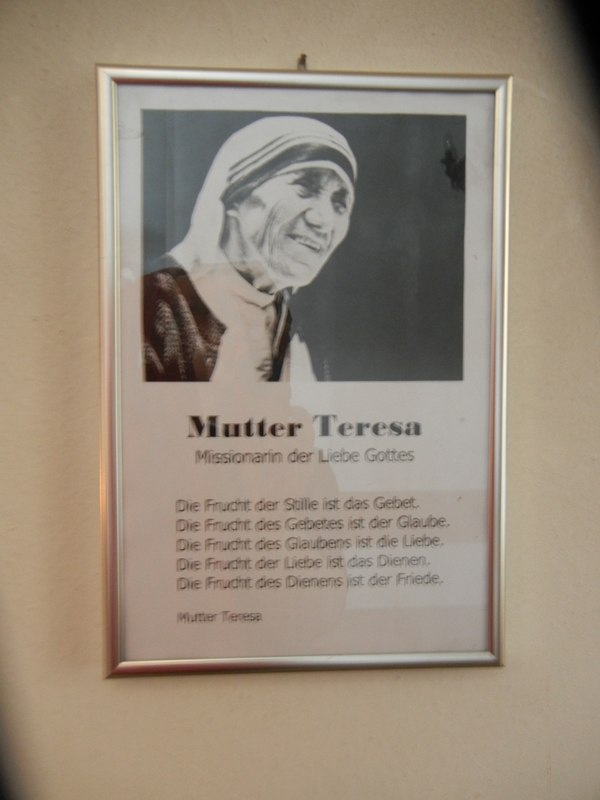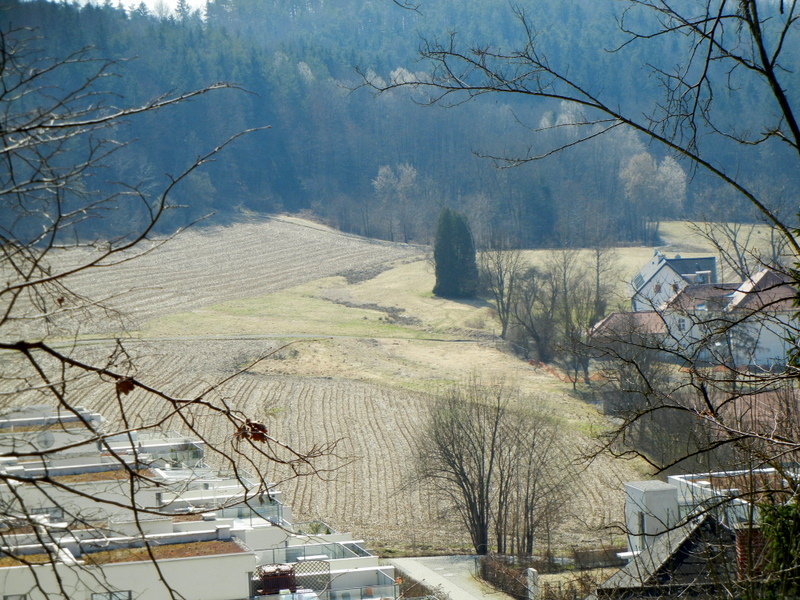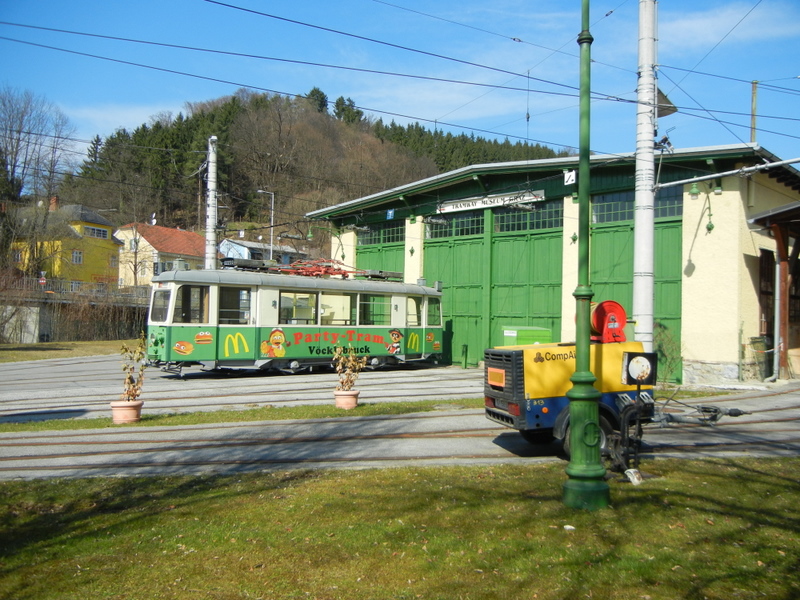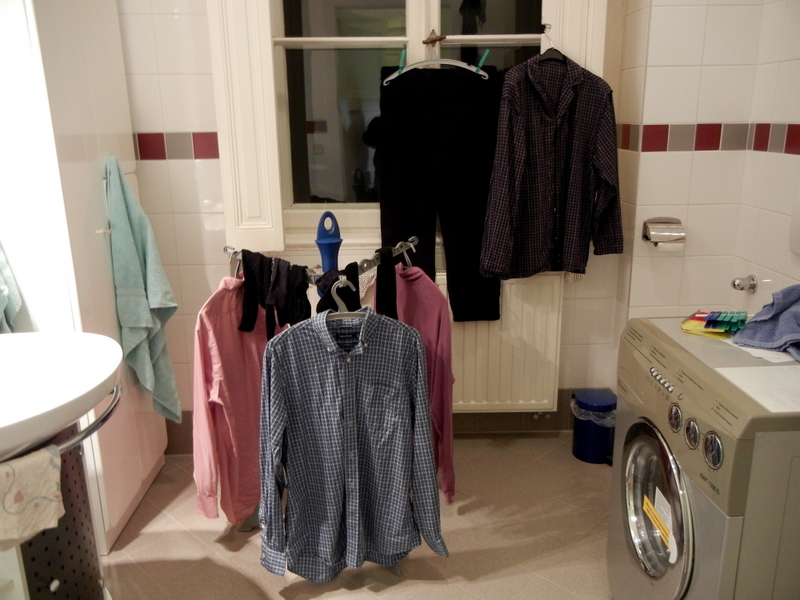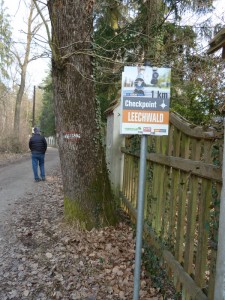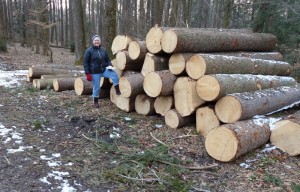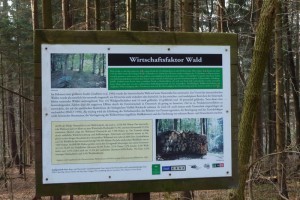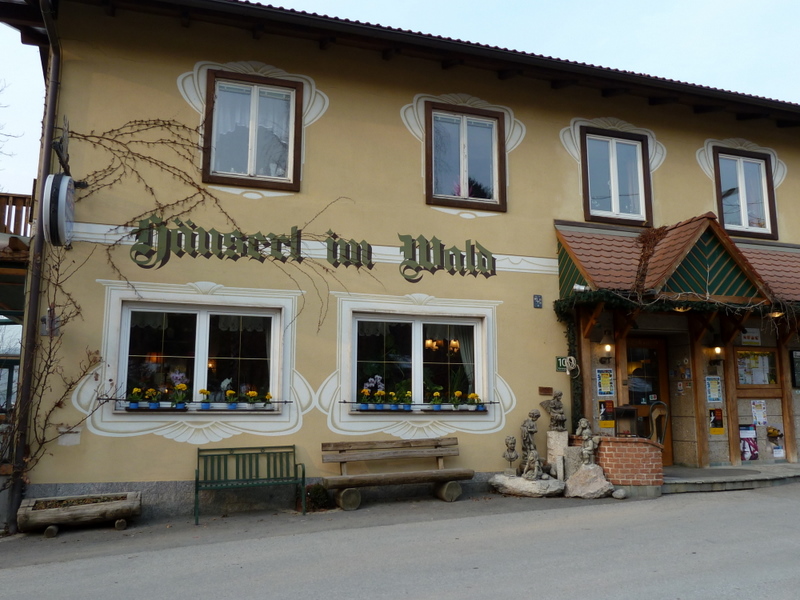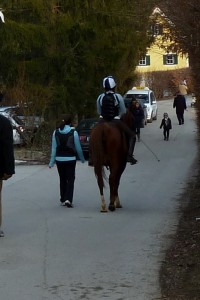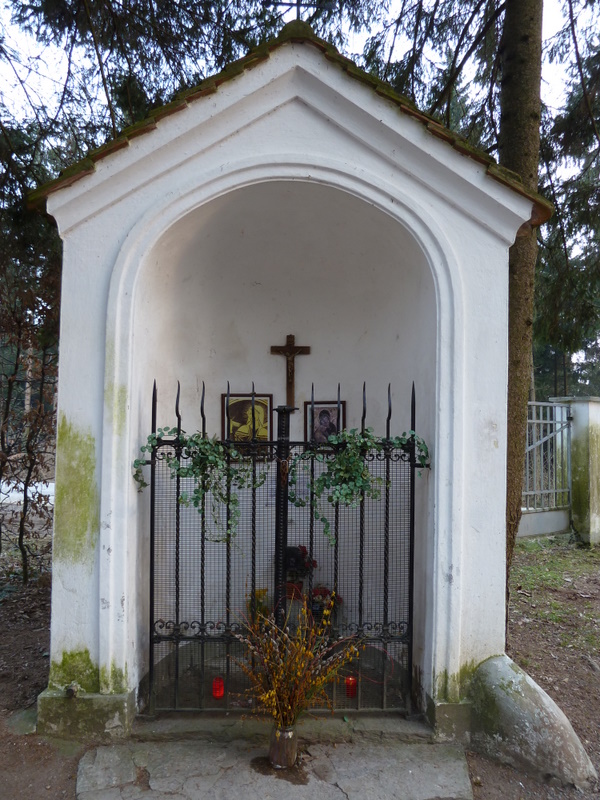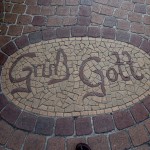Ah France! The country of my dreams, thanks to a wonderful teacher in high school who instilled a love for that country.
Monsieur McConnell was a Frenchman, or at least a Francophile, in what appeared to be Scottish skin. He taught all the classes of French at Thomas Jefferson High School in Alexandria, Virginia, for quite a while until joined by another colleague. By that time, I had continued on to the higher levels and his classes were the only choice. Lucky us! What stands out is the last year of our classes – beyond Plus-que-parfait, Passé compose, and Imparfait verb conjugations (yes we learned those, too!). The 4th year Français was a year of immersion in culture. We conversed only en français, created or ate French food nearly every week, and learned about the history of the country, from Clovis to de Gaulle, who was President of France at the time. Hugo, Voltaire, Molière, St. Exupery, all came alive in that classroom. When the holidays rolled around, we sang “Un Flambeau Jeanette Isabella” accompanied by Mr. McConnell on his autoharp.
Mr. McConnell’s specialty was art (well, maybe his specialty was languages and music, but he certainly knew a lot about art, too!), and everything remotely affiliated with the French “stream” – which included all the European painters and sculptors, from Romanesque to modern – came alive via slide shows, reproductions, and visits to the National Gallery of Art. We learned about the symbolism of colors in early Gothic and Medieval art, and wove our way right through Poussin, Fragonard, David and Ingres to Manet, Monet, Guagin, Toulouse-Lautrec, Matisse, Degas, Rodin, Seurat, Utrillo and Chagall.
These are lessons that have stayed with me right up to this day and, when the synapses are all firing (if you don’t use it you lose it), I can manage une petite conversation, as well. So, imagine my happiness when we learned we would mount a visit to our friends who live near Lyon, with a short trip to Paris beforehand. Oui! It was my first.
We had only 2 ½ days in Paris, and saw everything on our ‘short list’: The Louvre, the Eiffel Tower, the Musée d’Orsay, Les Tuileries, Place de la Concorde, Champs Élysées, l’Arc du triomphe, La Sainte-Chapelle, Notre Dame, Musée de Moyen Age, the Latin Quarter, Rodin Musée, L’Orangerie, Montmartre, Basilique du Sacré-Cœur, and a boat ride on the Seine. We met some great people from Paris, Norway, the Czech Republic, and even Cleveland, Ohio! We walked much of it, even the entire length of the Champs Élysées and up all the steps of l’Arc du triomphe. We lingered over late dinners and enjoyed leisurely lunches. We had only un petit incident with a pickpocket without any luck on his part. Yes, we spent only 2 hours in the Louvre but saw all that was possible at each of the other museums we visited. (And frankly 2 hours at a museum as big as the Louvre was enough.) Once again, staying in a non-tourist area (the 10th arrondissement) allowed a glimpse of ‘real’ Paris, if such a thing exists! A wonderful experience at the B and B, with a charming, helpful and articulate host who prepared breakfasts that should be framed, (they were so artistic) simply capped it off.
Back then, I am not sure if any of us had any idea of the extra work and time Mr. McConnell put into his teaching so that we could experience ‘France’ with as much reality as American teenagers in the 1960’s could. Remember, this is before the internet and easily accessed information. Whatever Mr. McConnell presented, he had to do the research first. By hand. But I am quite certain of this: his words ‘stuck’ and his love of teaching (so entertaining) shone through. He was, frankly, brilliant. I am a teacher and my daughter-in-law is a teacher, so I have some idea now of just how much of himself this man brought to his fortunate students. But then I didn’t. It’s time to say, ‘thanks’. So les chapeaux off to you, Monsieur Adair McConnell. Merci, merci!
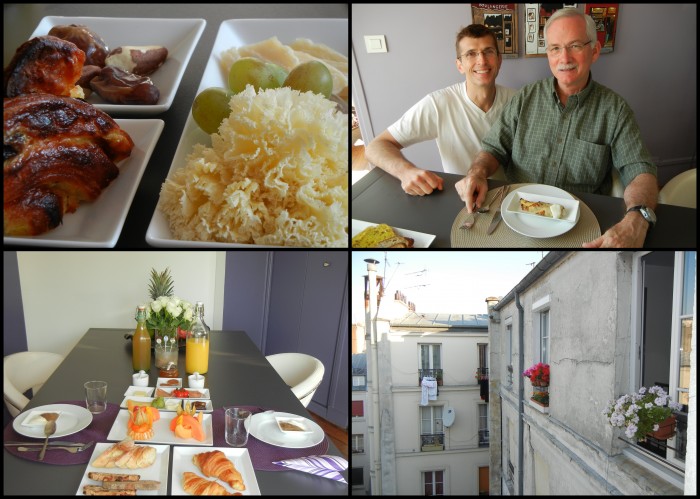
les petites déjeuners artistiques; our host, Jozsef; courtyard of B and B
Day One
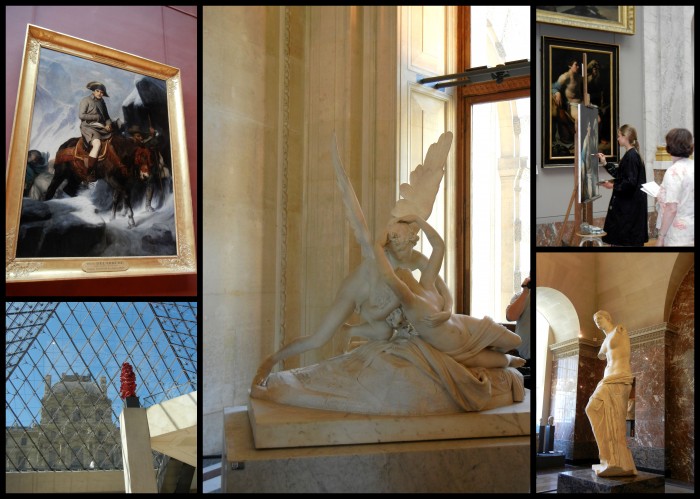
scenes from le Louvre
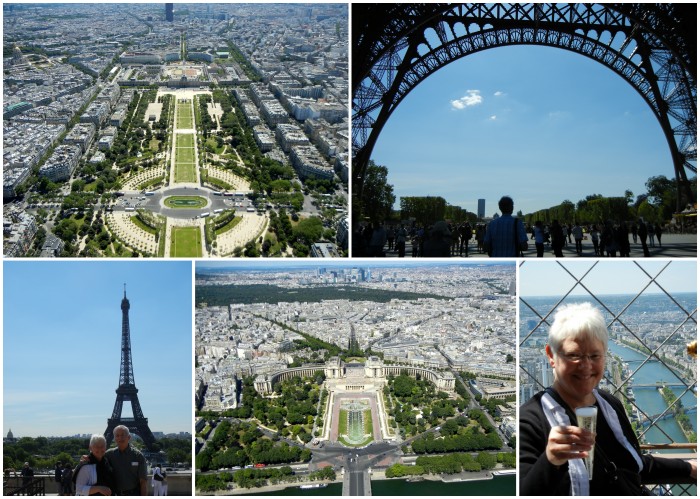
at the Eiffel Tower
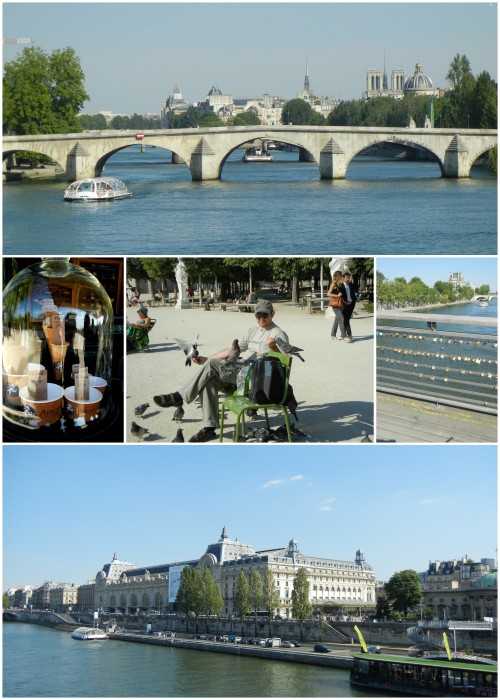
Pont Neuf, Les Tuileries, Pont des Arts, The Musée d'Orsay
The Musee d”Orsay was being renovated, but most of the upper galleries, with all the impressionism, had been moved down. There was also a top-notch (and very popular) exhibit of the works of Édouard Manet, who is often confused with Monet. As my father would say, “Not the same animal, at all.”
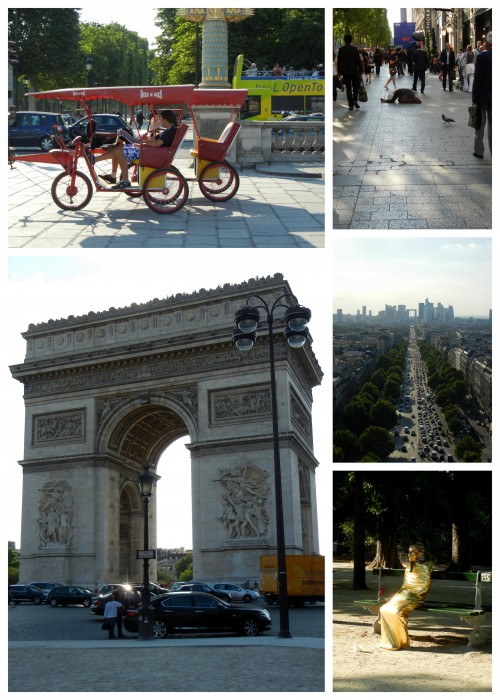
Up the Champs Elysées - transport, woman begging, l'arc, view to La Defence, King Tut
Day Two
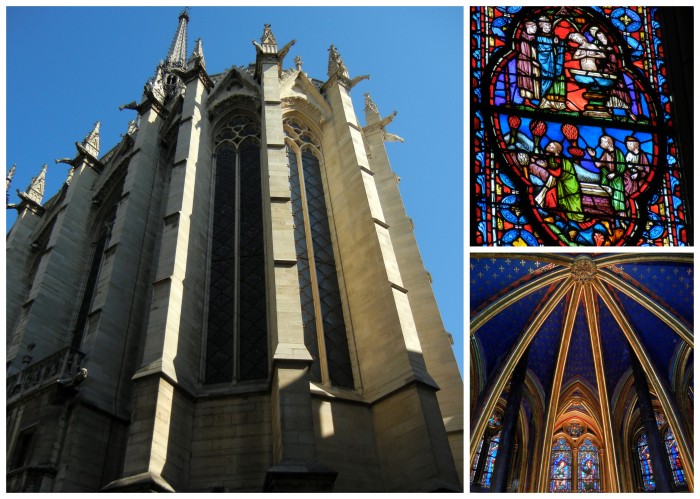
the amazing Sainte-Chapelle! (favorite church ever!)
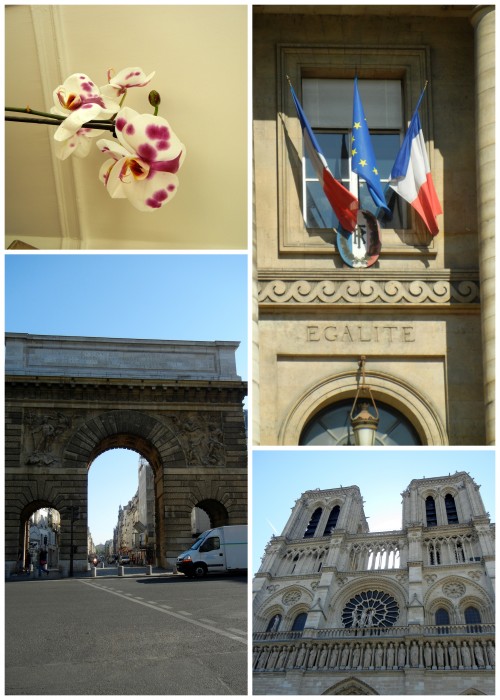
orchid from our b&b; palais du justice, l'arc in our 'hood, Notre Dame
While Notre Dame was lovely also (we stayed through part of the Mass for the Ascension of Christ), with some amazing relics and carvings (not to mention the rosette windows), we so enjoyed the Musée du Moyen Age, housed in the former l’hôtel de Cluny. This is not a hotel, but the headquarters/residences of the abbots from the Cluny Abbey (Burgundy) when they were in Paris.
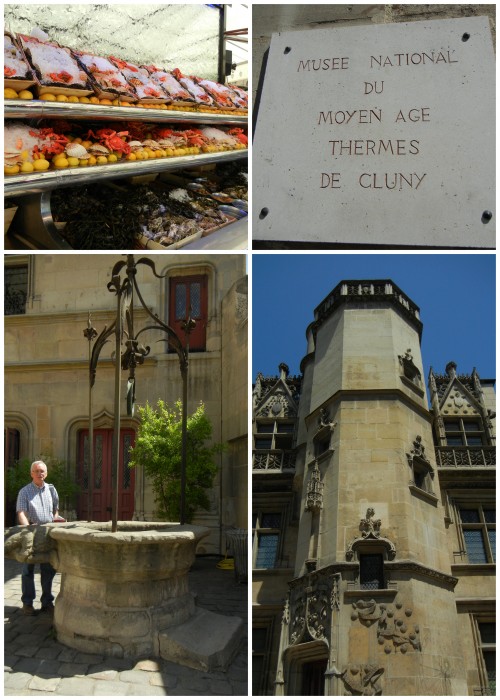
les fruits de mers; Cluny Museum (of the middle ages) - Latin Qtr.
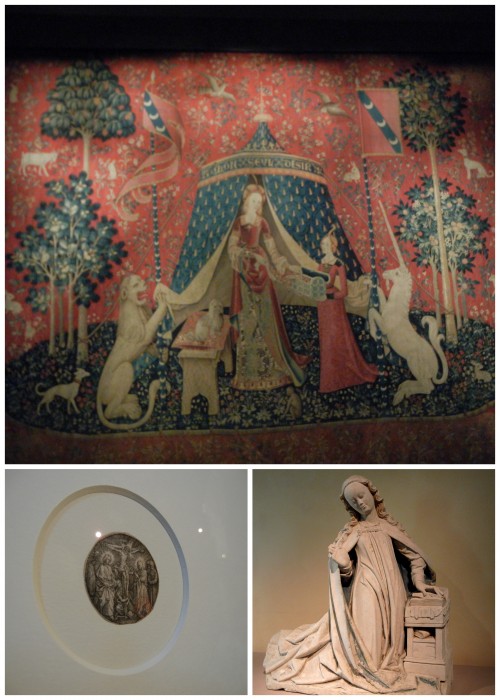
Lady & the Unicorn (Sixth 'sense' part) tapestry, Dürer stamp, The Annunication
By afternoon, we were at The Rodin Museum with verdant gardens – a nice respite from the sun. Rodin’s work is so powerful and evocative.
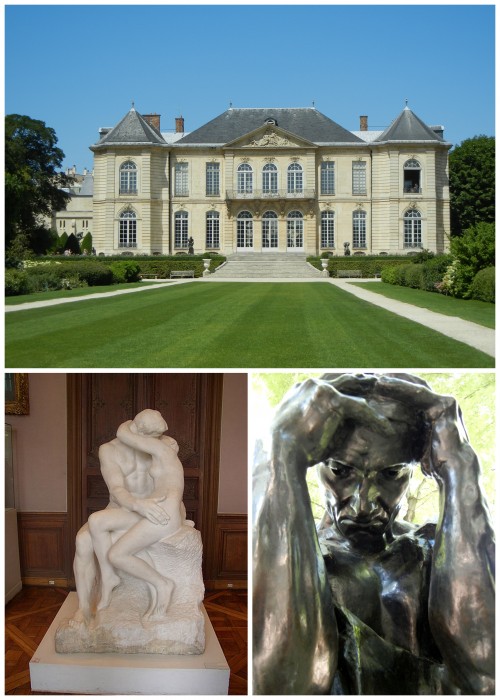
Hôtel Biron at the Rodin Museum, The Kiss, detail from one of groupings
We finished with l’Orangerie, a tribute to Claude Monet’s Water Lilies, but also a home for other great art from Picasso, Renoir, Rousseau….really, is there anywhere in Paris that great art is not?
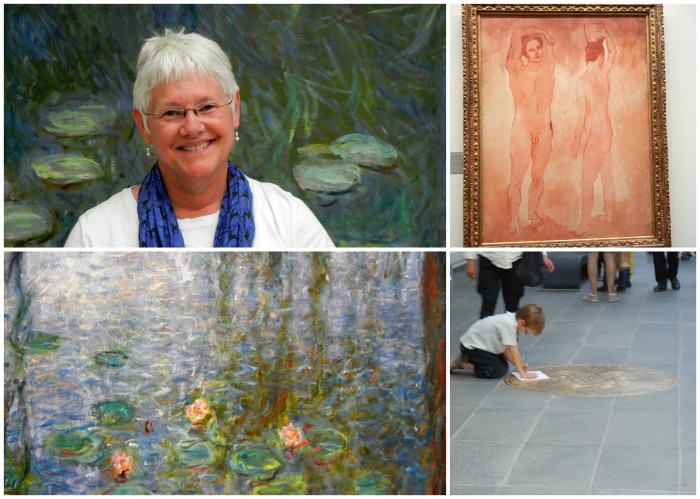
details of Water Lilies, Picasso The Adolescents, a young artist
We were not completely finished with the day, however. After this, we climbed on one of Les Bateaux Mouches for a ride down the Seine, with approximately 1000 998 other people. And then topped it off with dinner at Chez Francis while we waited for the Eiffel Tower to begin twinkling. Chez Francis wasn’t the top of the food chain, gastronomically speaking, but it has an unimpeded view of the Tower….location, location, location!
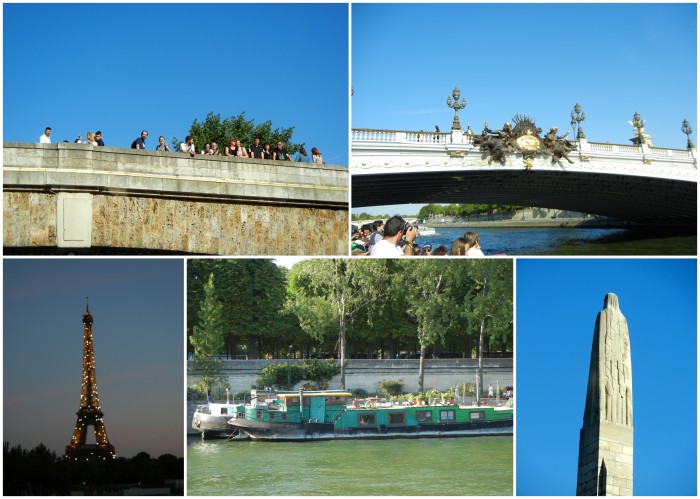
Bridges, Twinkling Tower, Bateau, St. Genevieve, from the back on Pont de la Tournelle
Day 3
We finished our stay in Paris with a morning trip to Montmartre, that hilly part of Paris that was (is) home to artists, Sacré Couer Bascillica, windmills, great food, and, now many tourists! We found tasty boulangeries and creperies, interesting art, a movie shoot, and some unexpected sights! Parisian writer Marcel Aymé lived in Montmartre, and is immortalized with a bit of artwork not far from his former home. He wrote Le Passe-Murailles, which roughly translates as “the walker through walls,” a short story about a man who discovers in mid-life that he can pass through walls. The windmills were part of the culture of the hill, which housed many bakeries that needed, well, flour to create the small brown bread of the same name (galette) sold with a glass of milk.
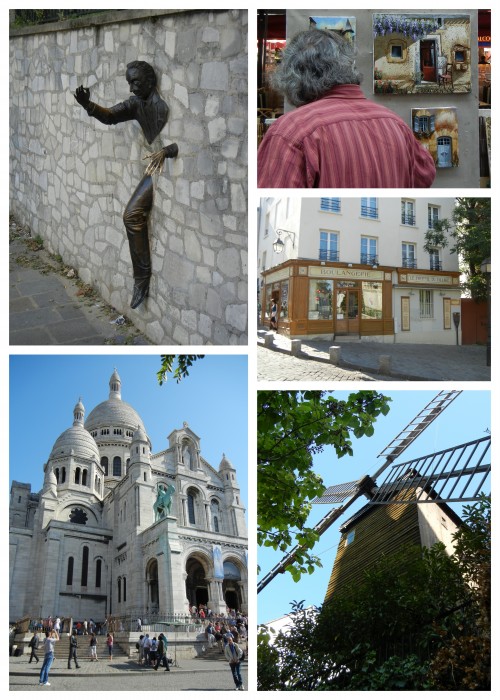
Sculpture, artist, pâtisserie, Le Moulin de la Galette, Sacre Coeur
We left Paris but not before we took a few more photos of the environs.
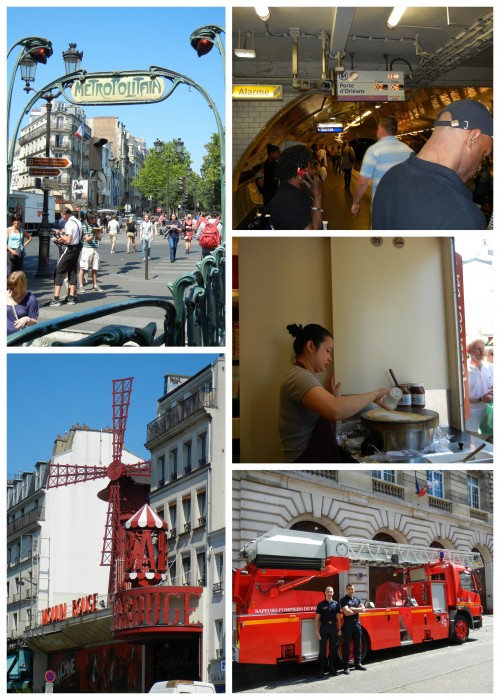
metro station, crepe maker, le Moulin rouge, fire fighters in our neighborhood of Paris
On the way to Lyon
We left by the Gare de Lyon to Lyon, on the French high speed train (CVG): two hours nonstop! (oh, how I wish the US would get ‘on board’ with rail travel!) The Gare had a great little ‘refreshment’ stand, sponsored by the water companies we are sure, to encourage people to rehydrate. We were only too happy to oblige!
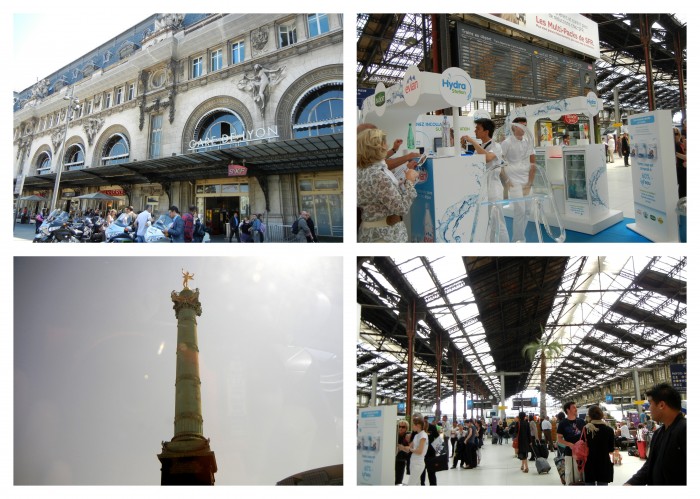
Gare de Lyon, place de la bastille monument, rehydration station
Et bientôt, Lyon!
